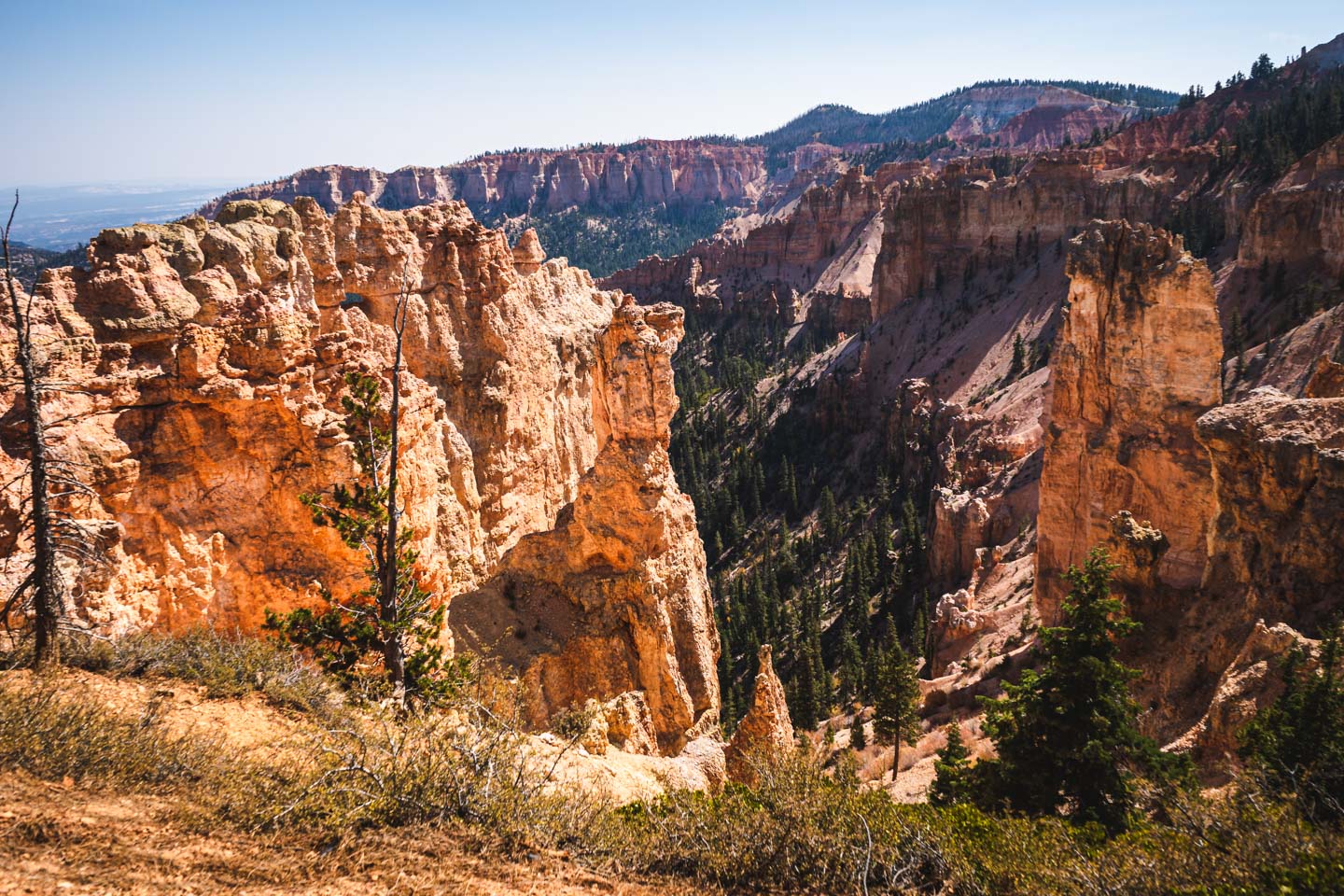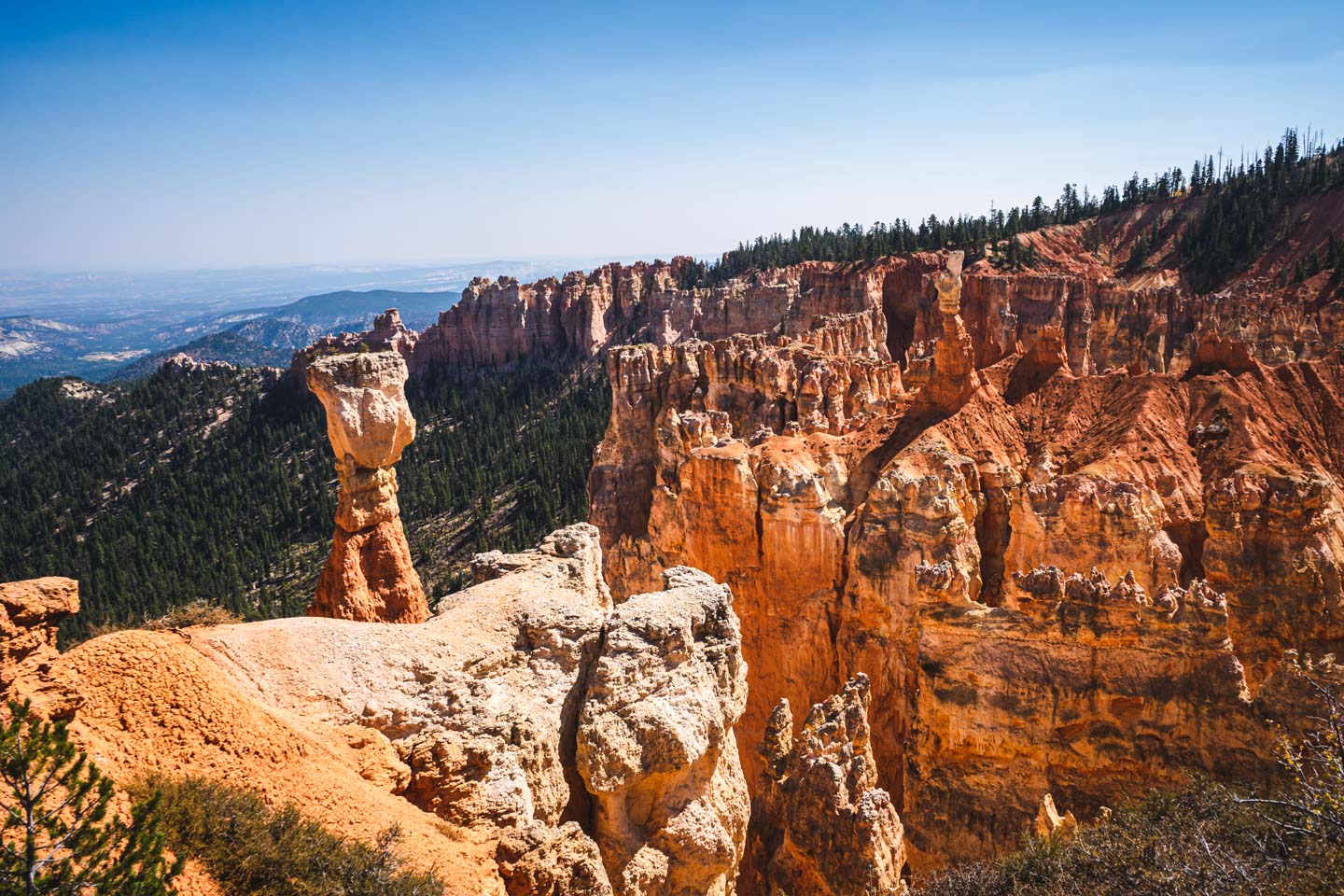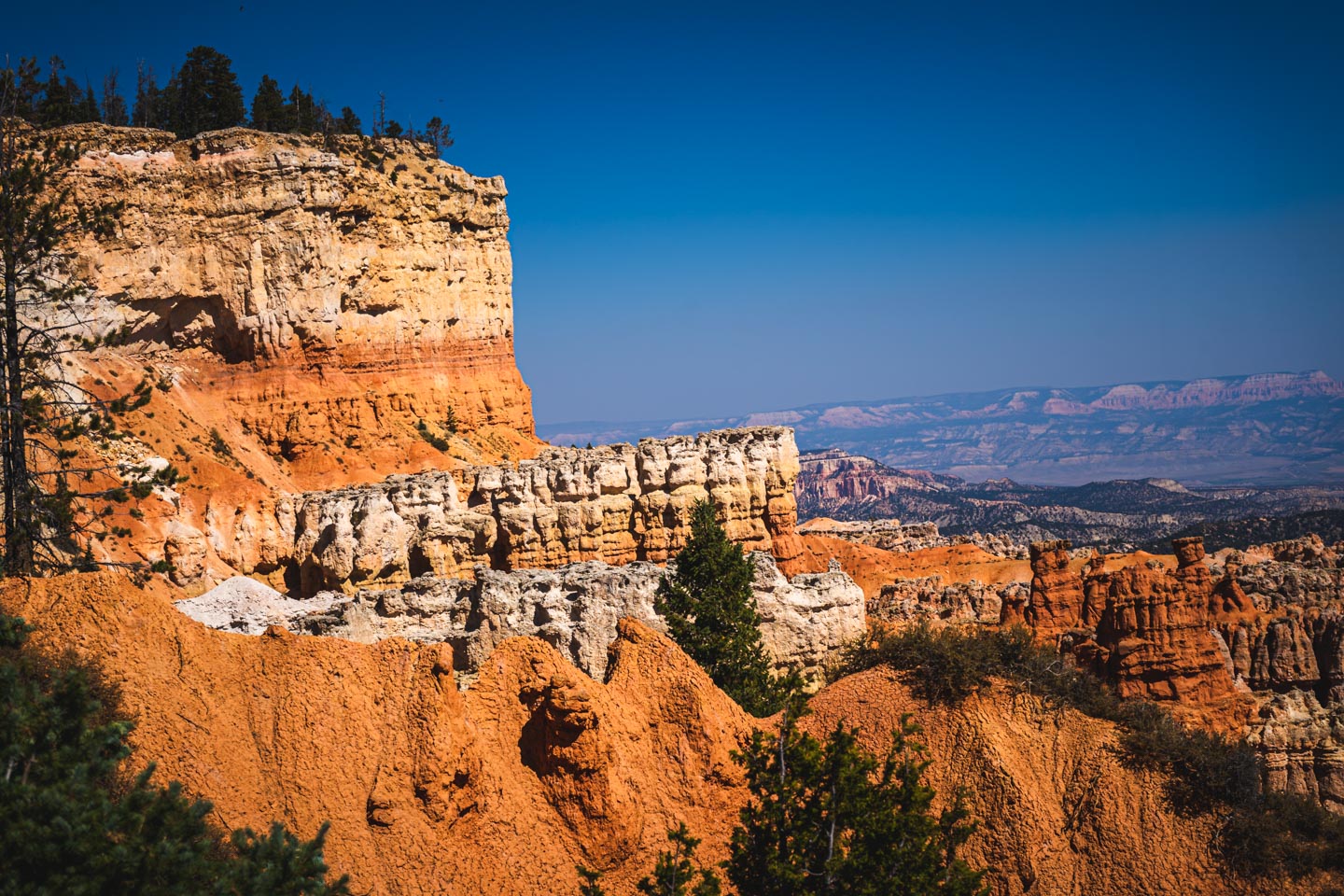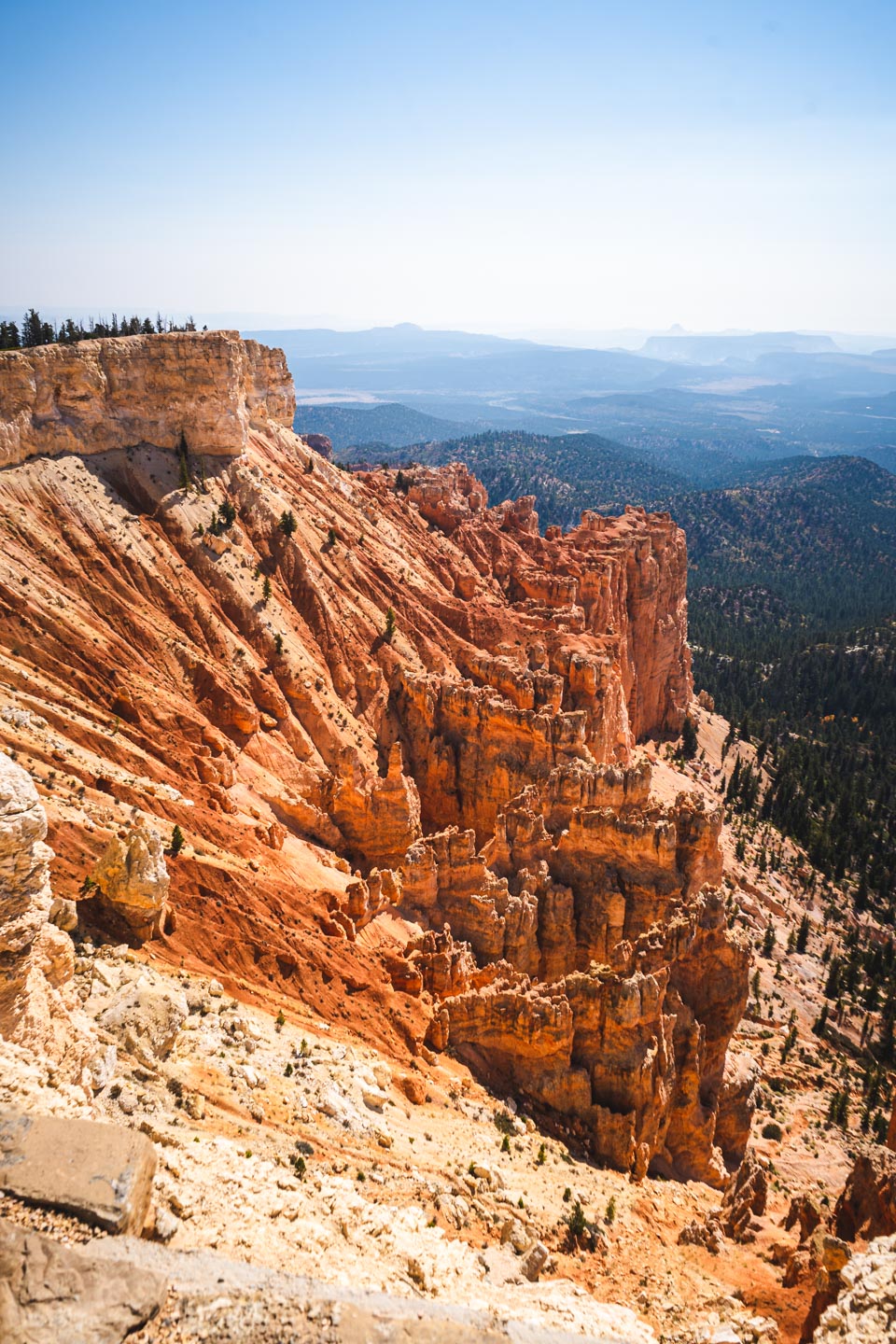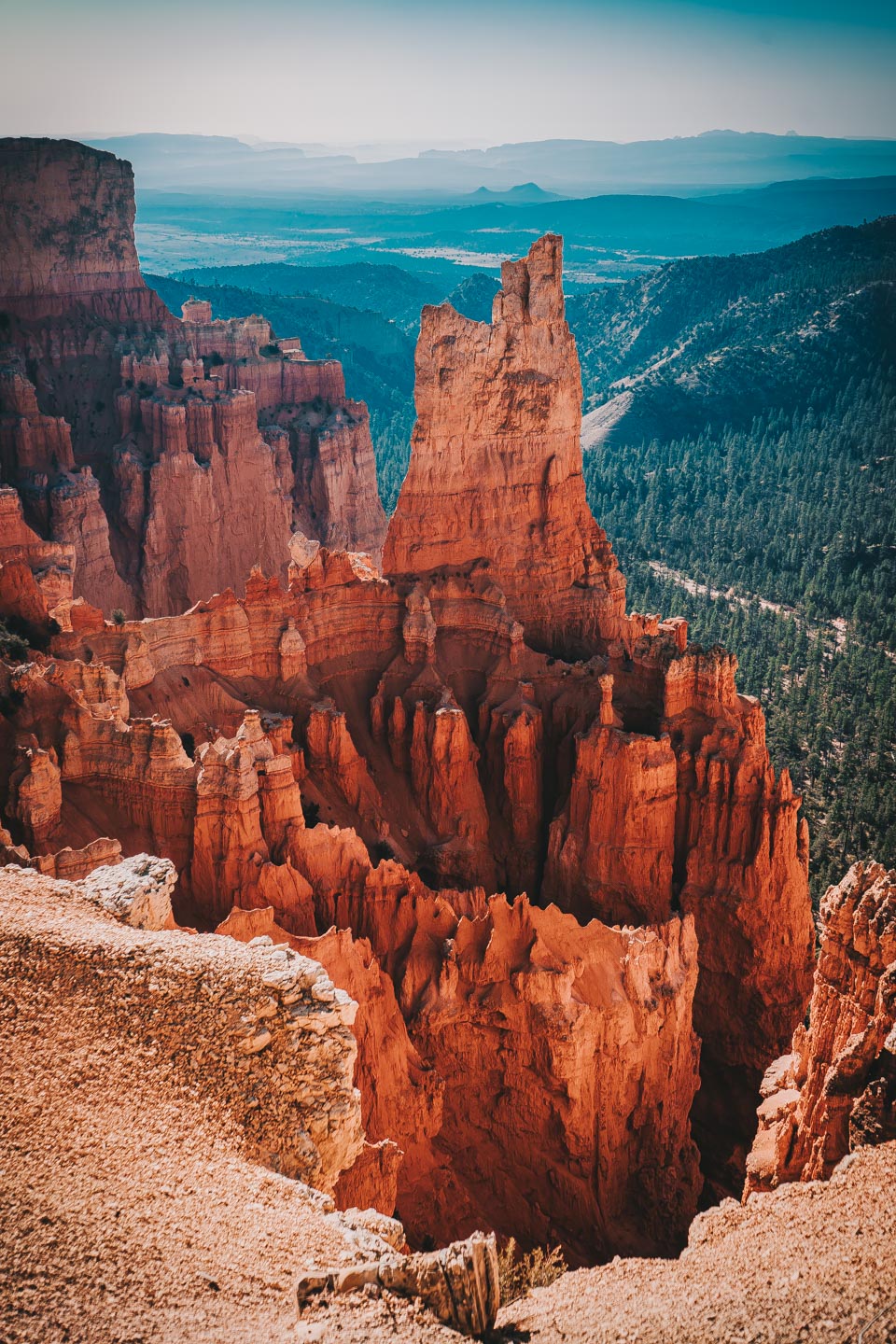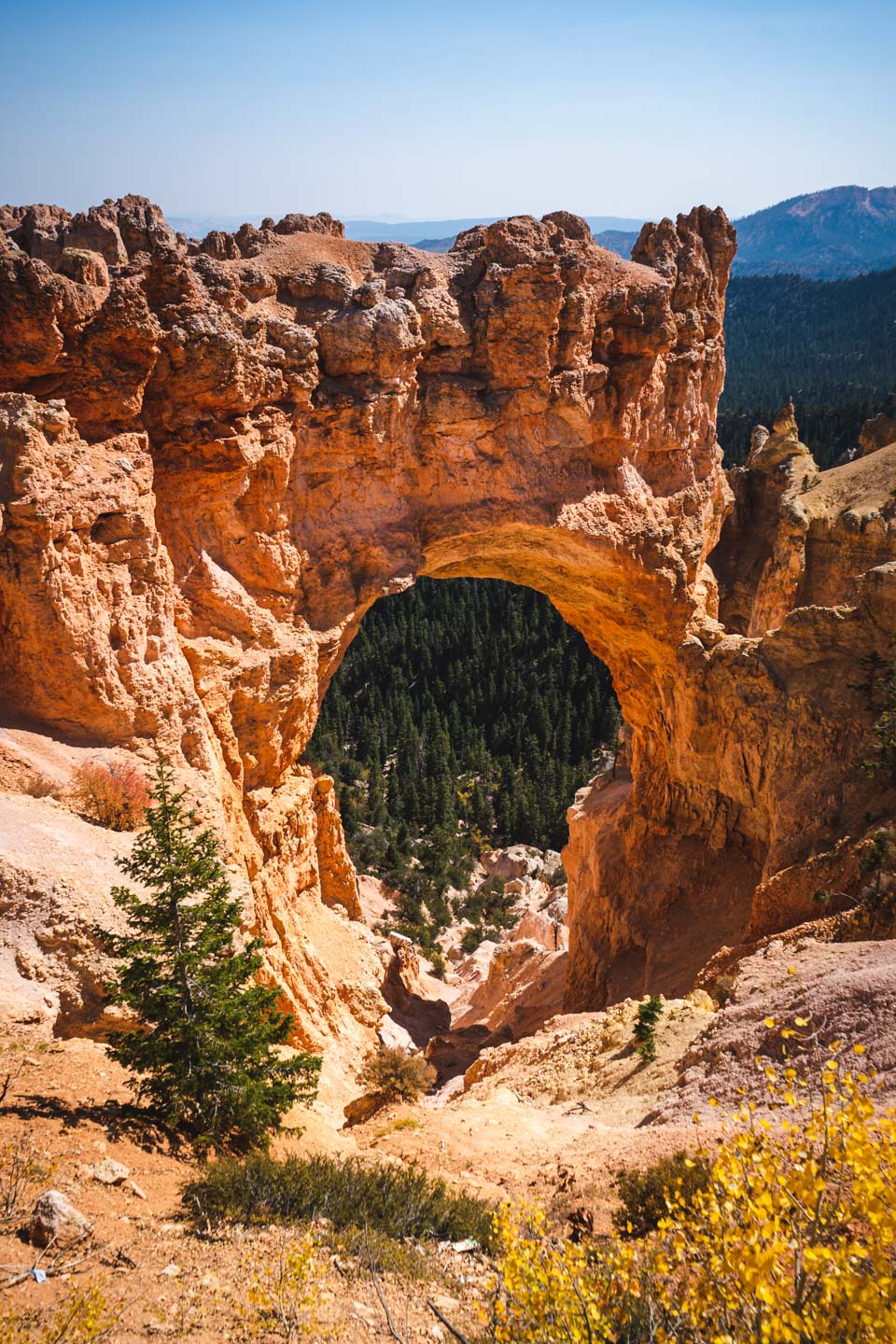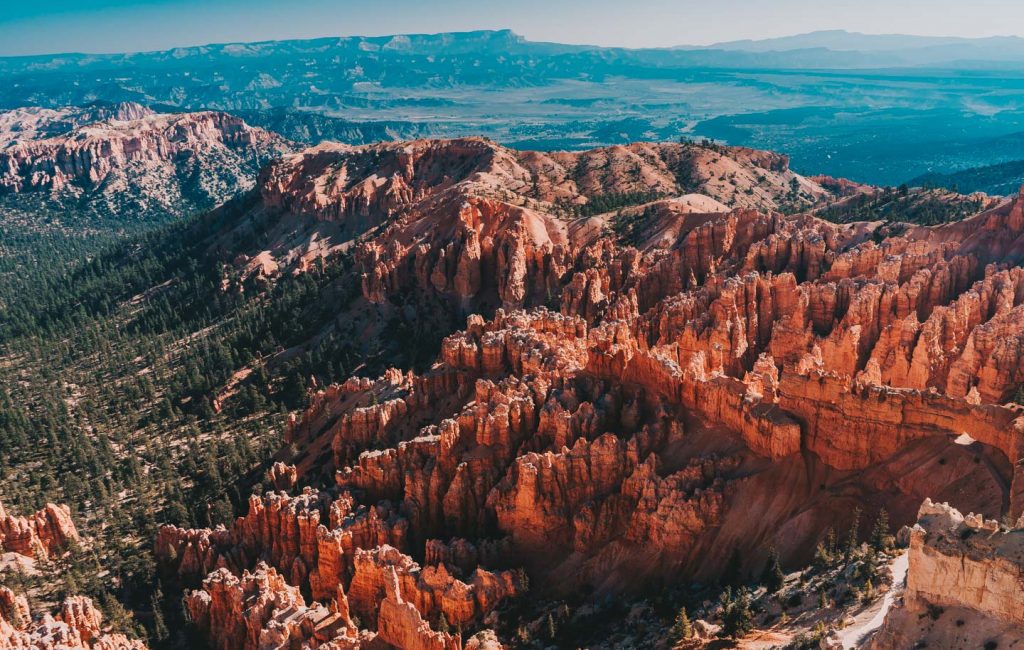
Today's blog post is dedicated to Bryce Canyon National Park located just a couple of hours outside of Salt Lake City, Utah. This park has an interesting history in how it became a national park. It all started back in 1924, when Congress laid groundwork to change the status of Bryce Canyon from a national monument to a national park. The final piece of land was added to the park in 1942. What is really cool about the park is that the main scenic route through the park called the Rim Road was completed in 1934, yet it is still used today. In terms of an entrance fee it is a standard $35 fee for a 7-day entry pass. Similar to other parks, the fees you pay grant you access to the park for 7 days and it is not possible to buy a pass for a fewer number of days. Given that we were visiting three national parks during our road trip we just purchased an annual membership that cost us $80 and which gives us free entry to all national parks in the US for the next year. So I would recommend purchasing a similar pass if you are planning on attending multiple parks as this will save you some money!

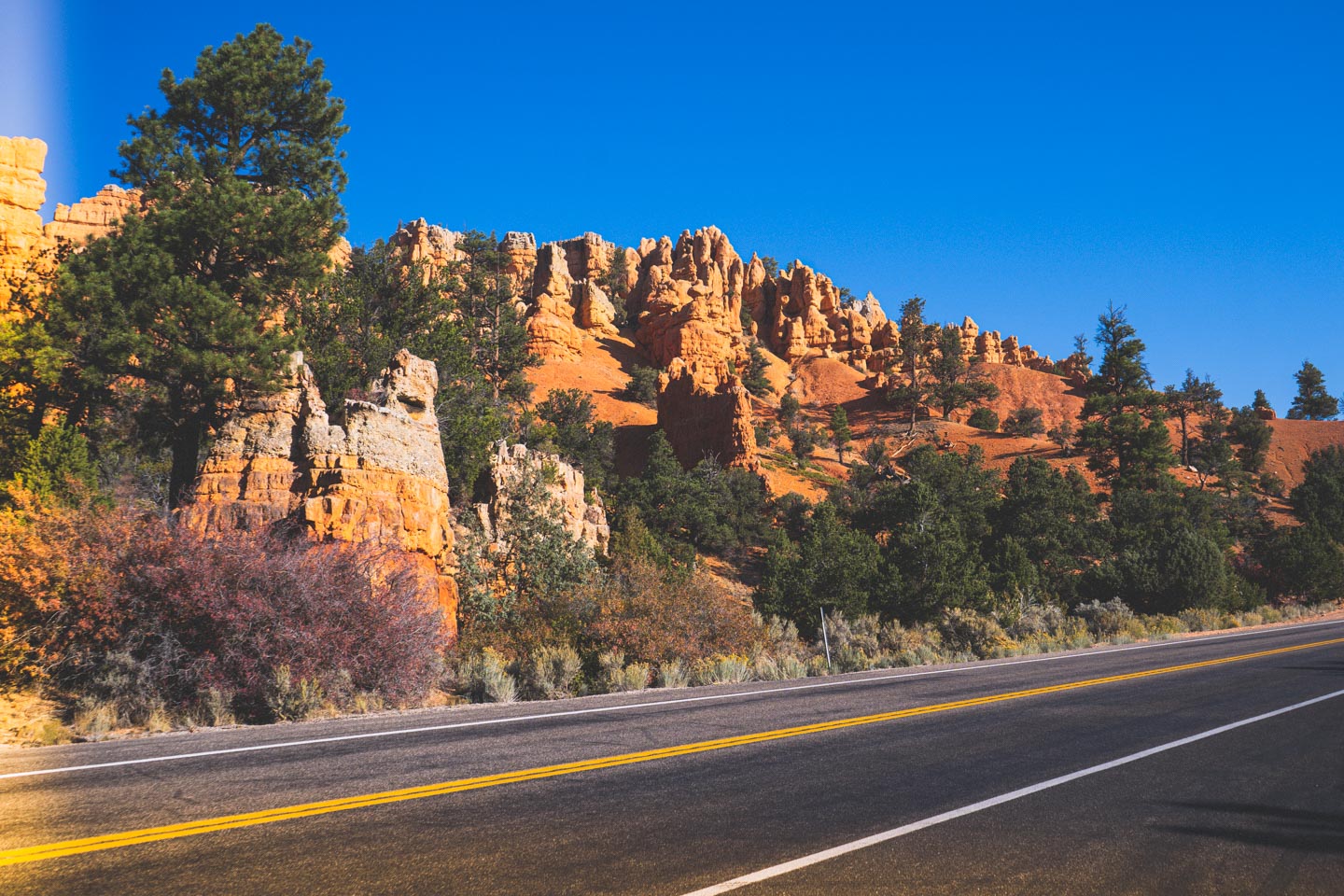
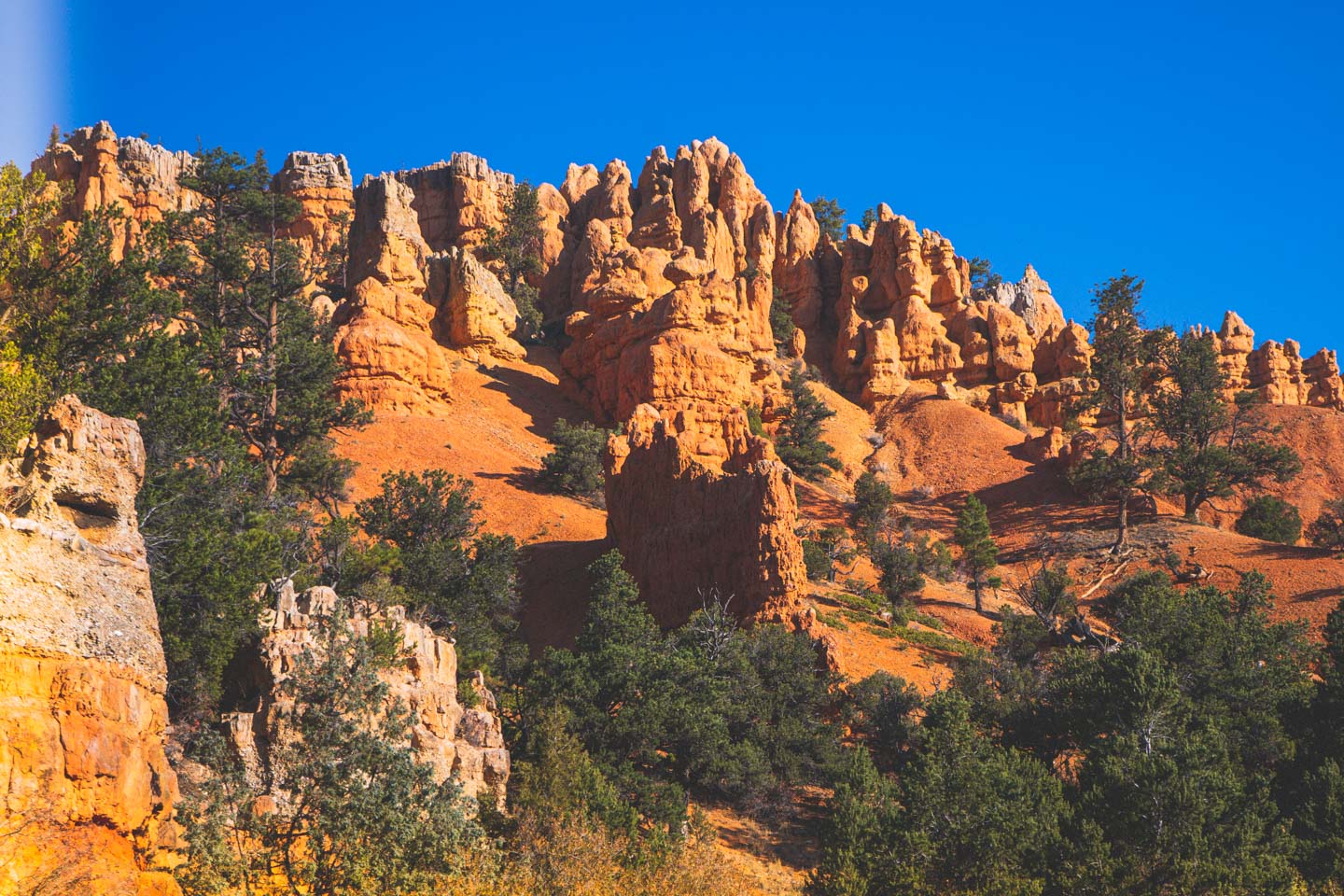
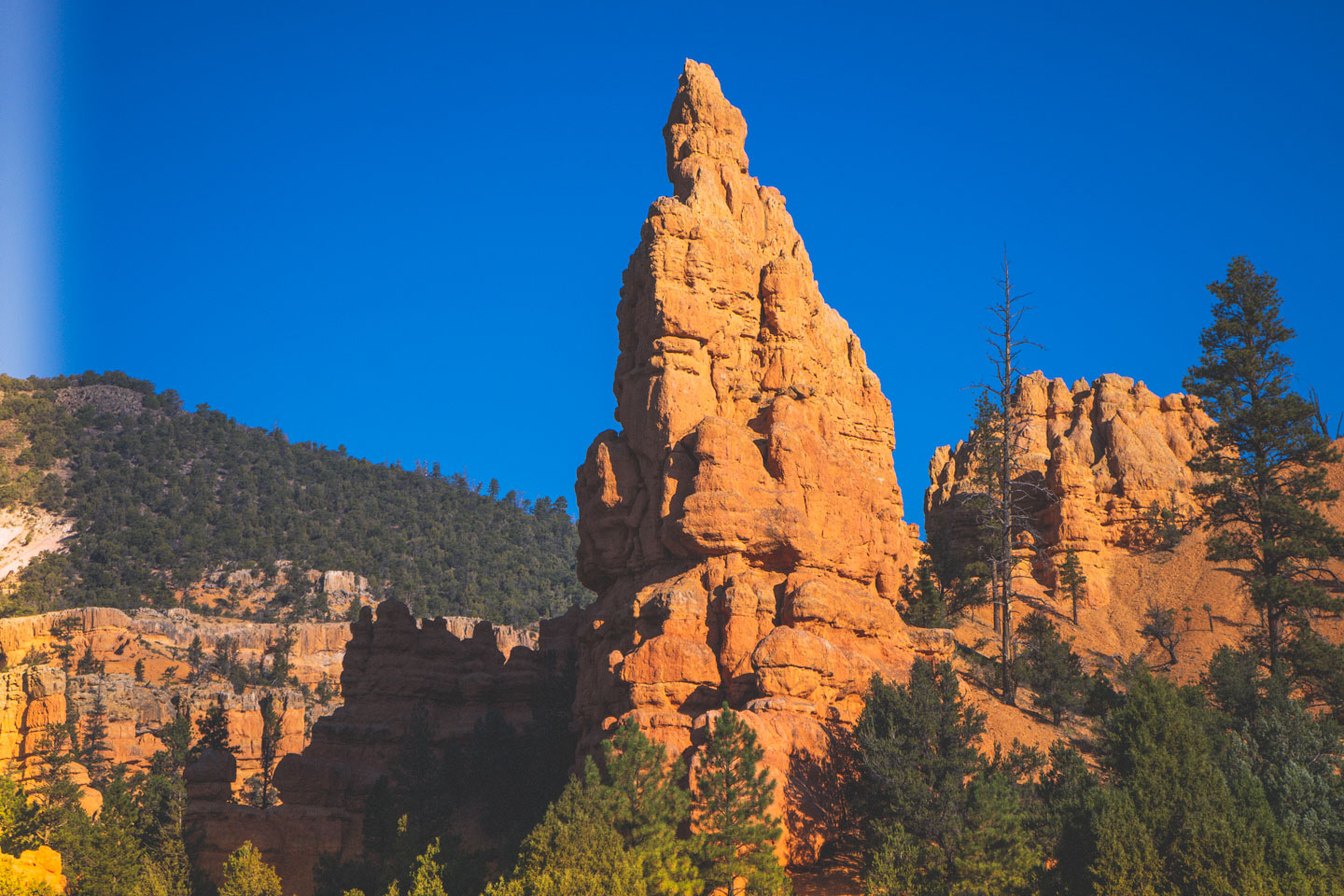
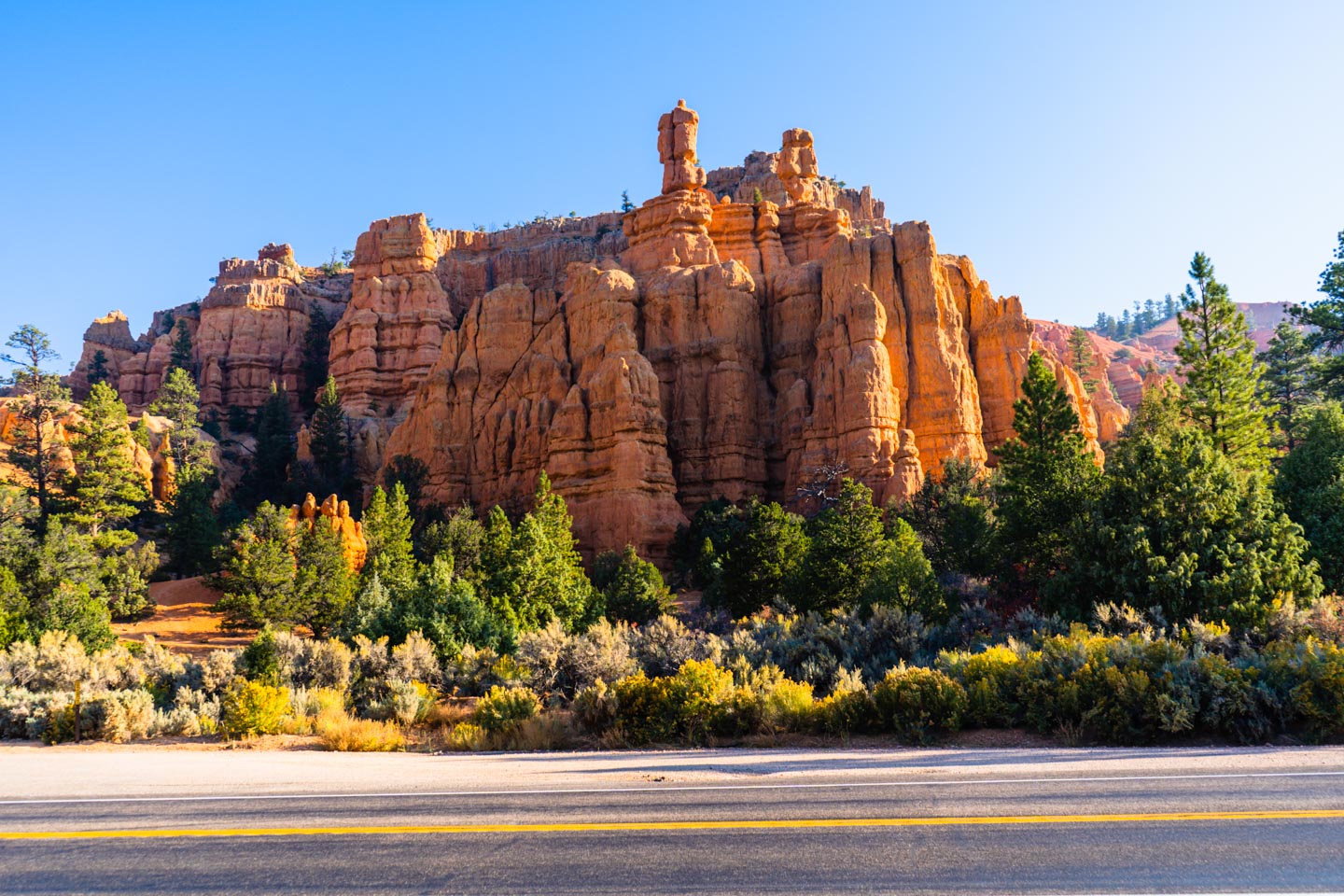
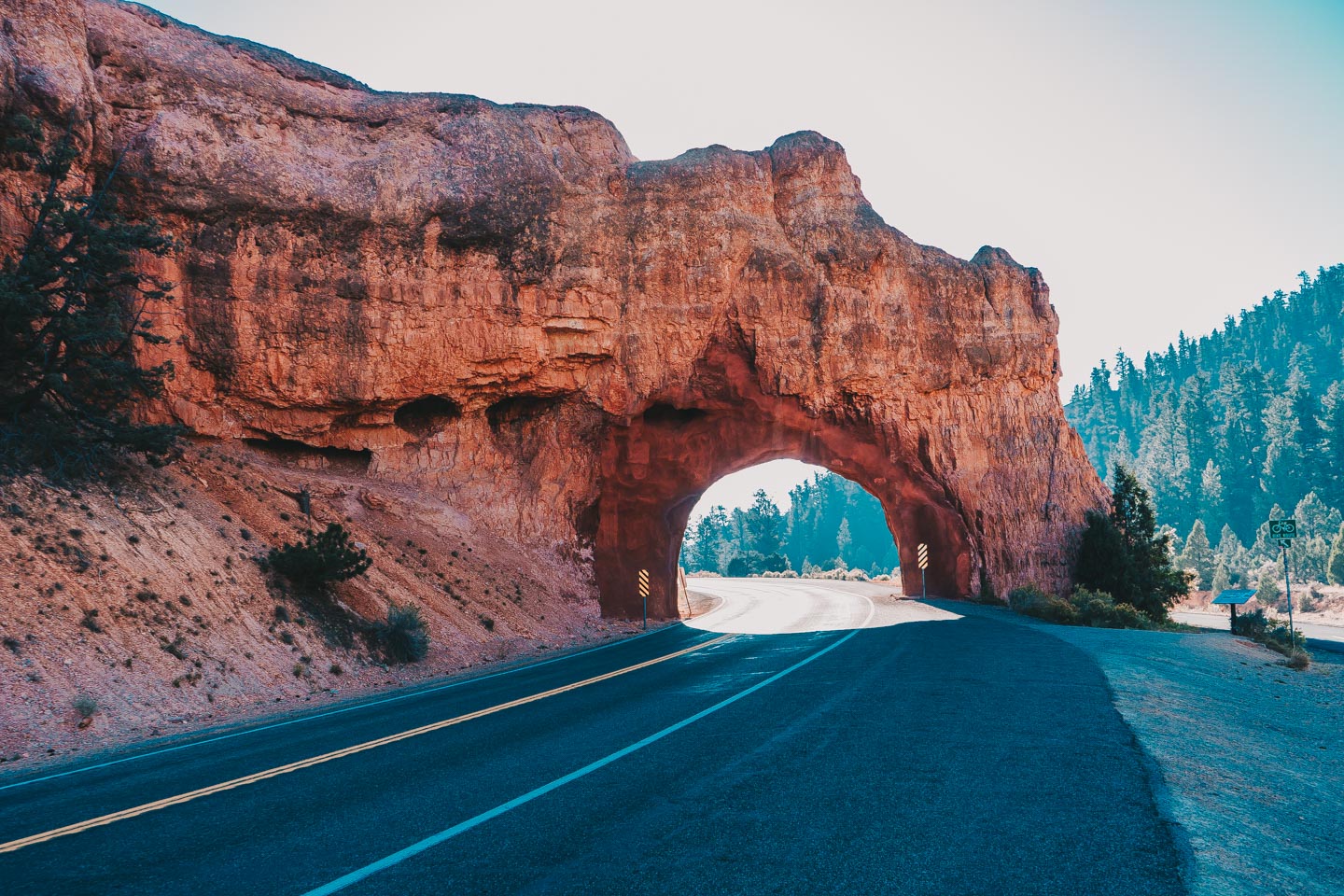
As mentioned earlier, Bryce Canyon National Park is located a couple of hours outside of Salt Lake City. Since we had a very busy agenda for the day which included also going to Zion National Park which is located a few hours away from Bryce, we were staying the night before our visit to canyons in the nearby town. There are plenty of small cities located within an 1-1.5 hour distance from the park so it shouldn't be a problem to find a place to crash at. Because of our strategic decision, we were able to arrive at the park around 9am with the whole day still ahead of us. One thing I enjoyed about this park is that almost all of the viewing points have parking nearby, therefore there is very limited hiking involved. Because of this you do not spend hours in each location trying to get to and from the vantage points so you can actually manage to visit all of the vistas in the park within half a day!
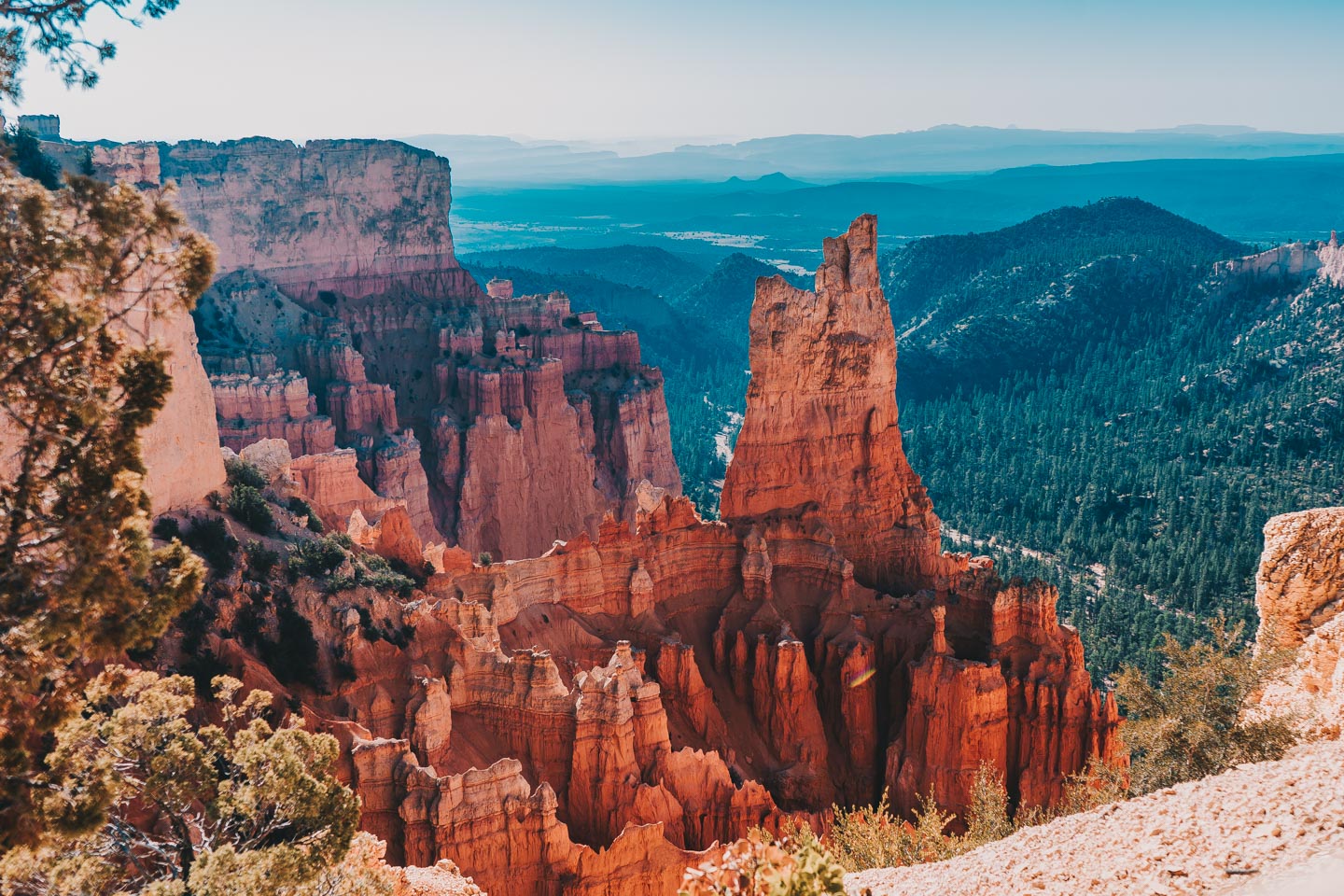
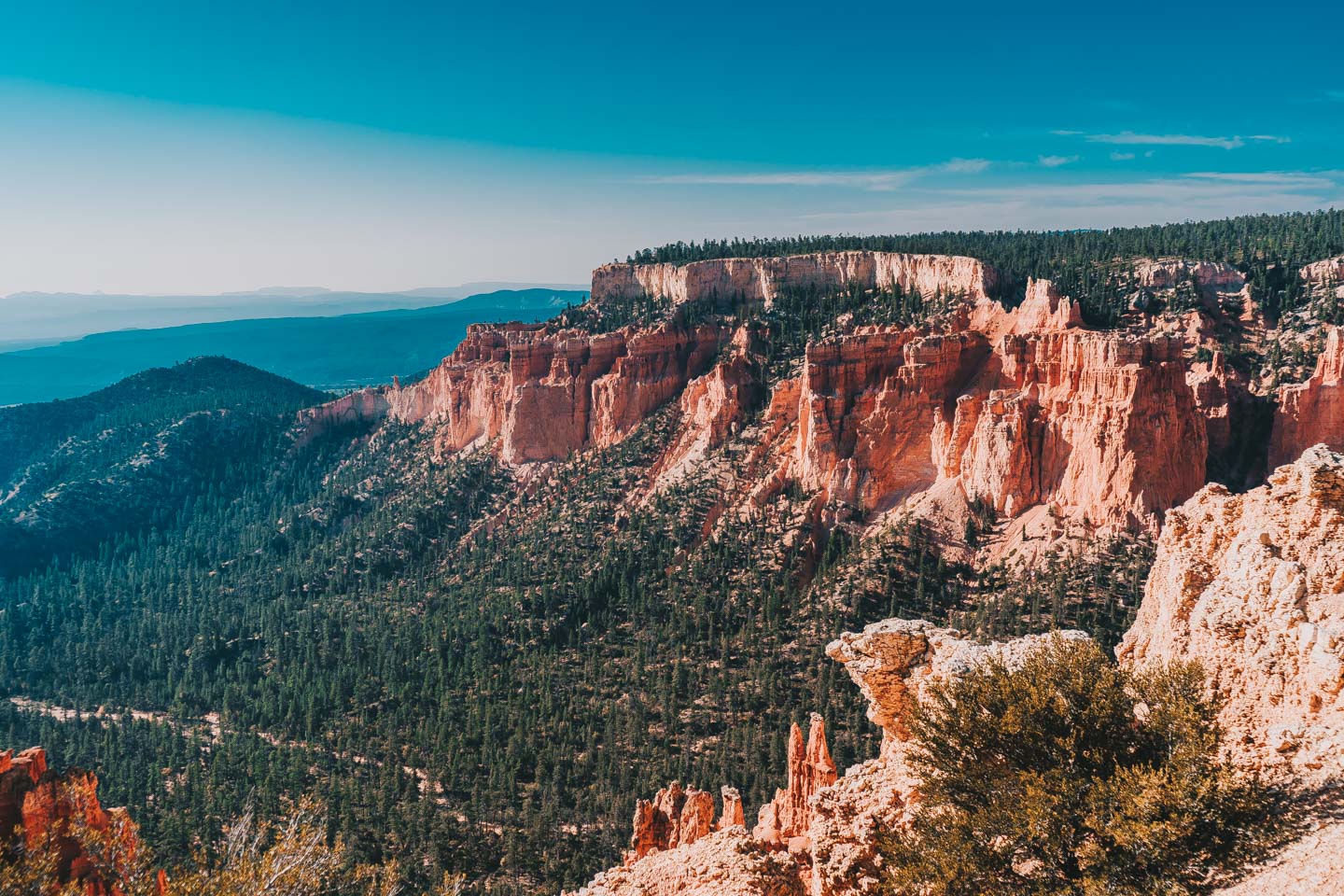
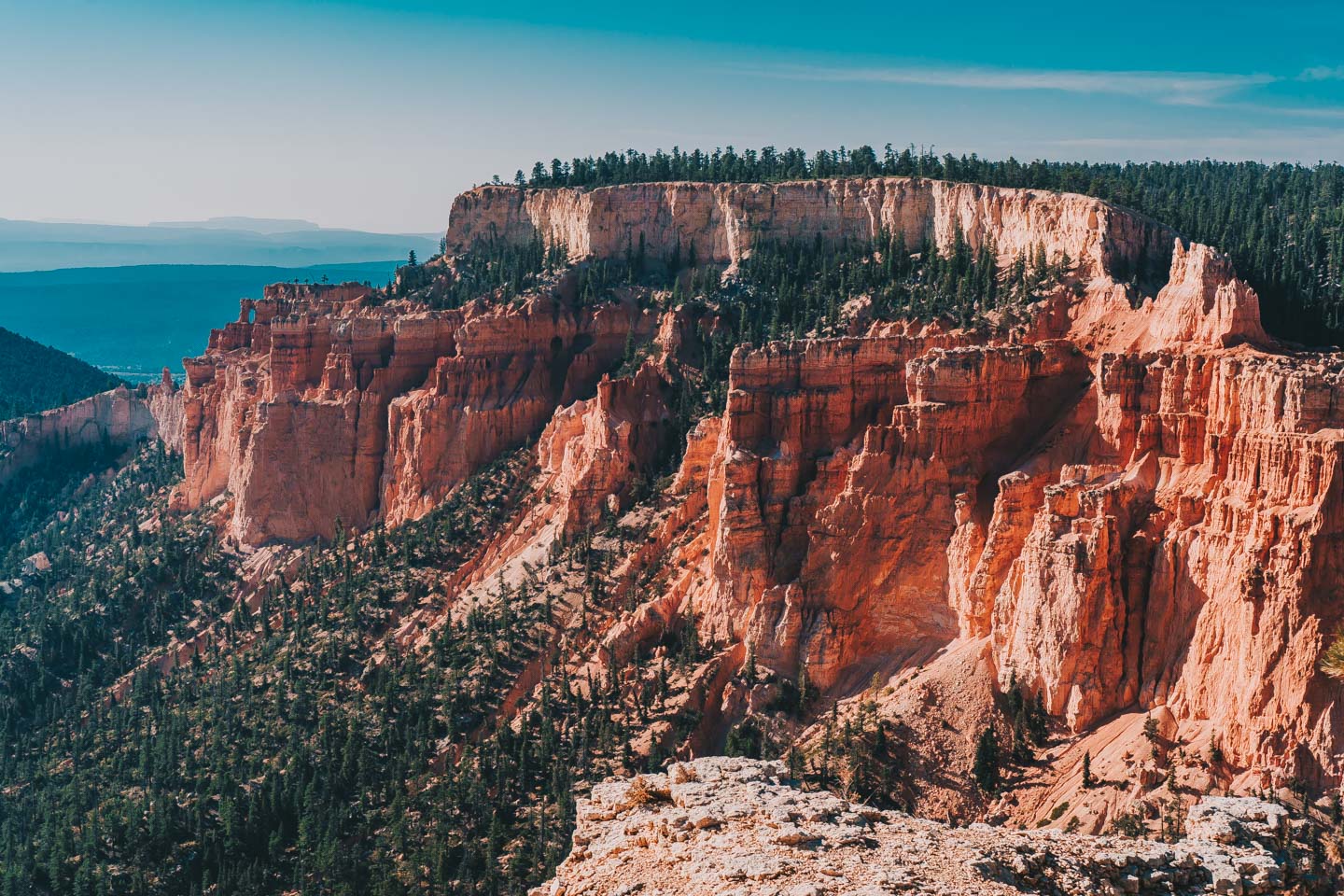
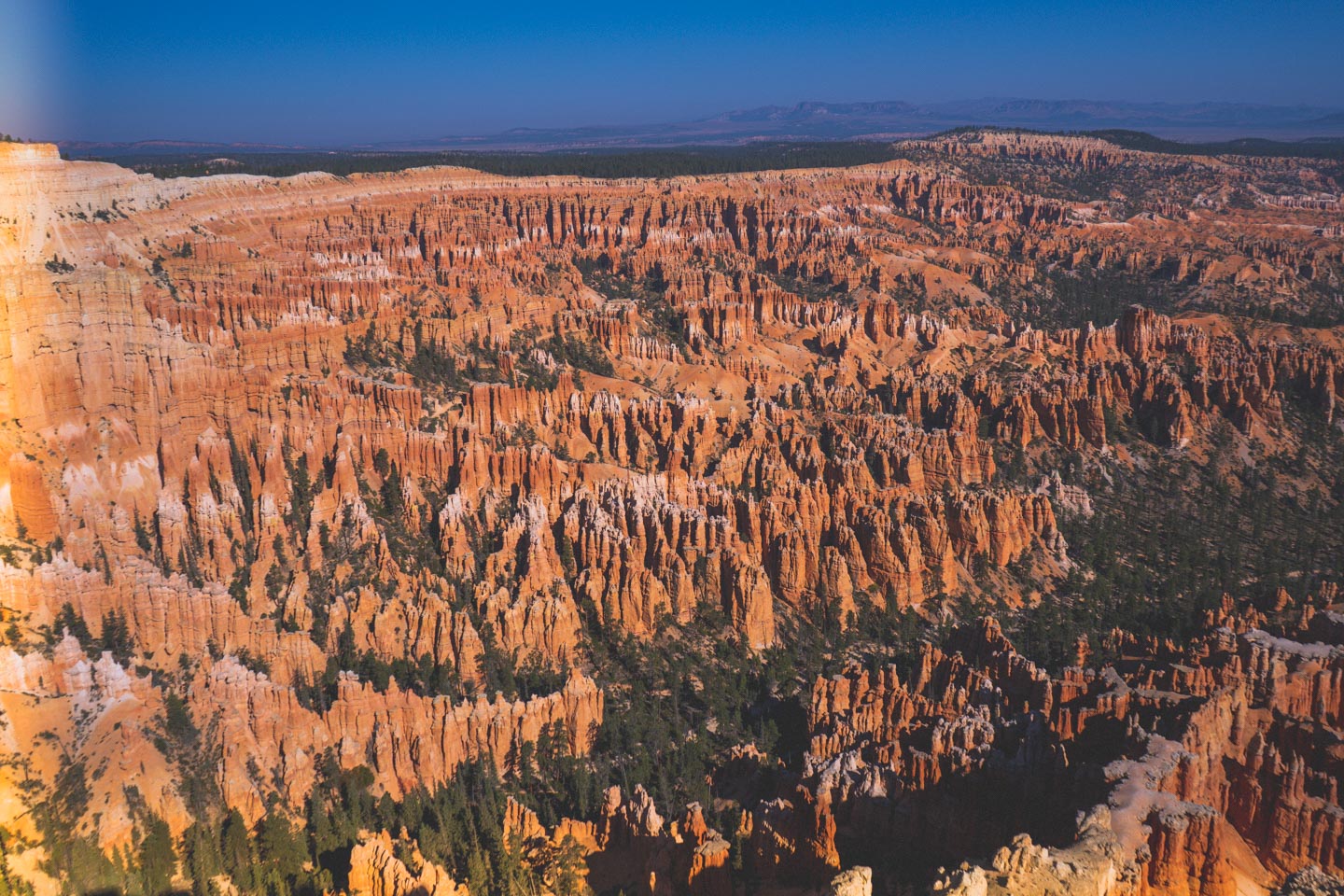
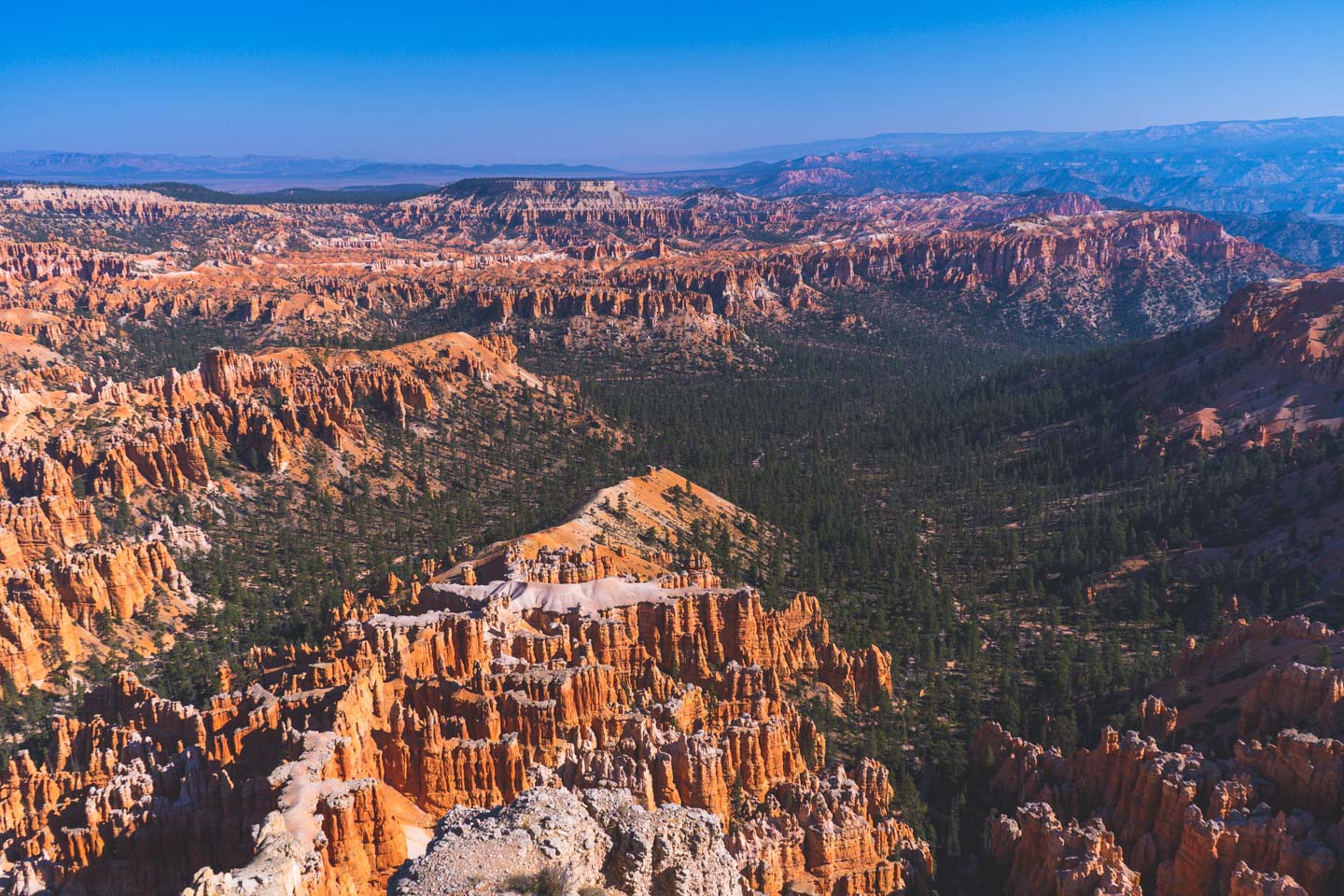
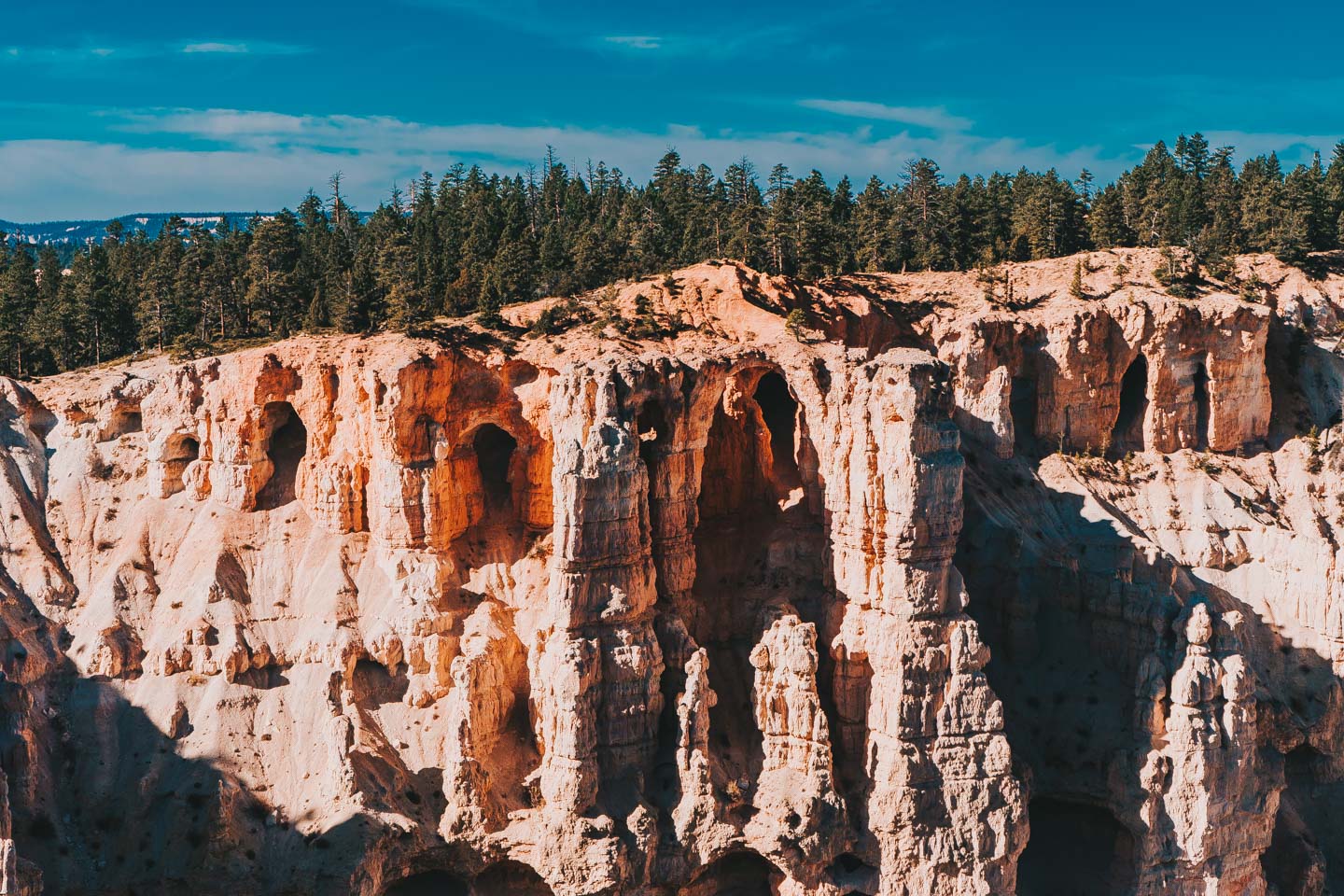
The views that open before you are eyes are stunning. The park is located at an elevation of approximately 9000 feet (2750 meters) with some of the observation points located higher than the others. From such heights you get a view into the valley and the canyons feeling like you are sitting on top of the world. The topography of the region is indicative of the history that took place over the past couple hundred thousand years. What I liked about Bryce Canyon National Park is that there were rangers stationed at some of the observation points and they would answer your questions about the canyon and even do informational sessions for the visitors where they would provide a 30 minute dive into the geological composition of the rocks. We got to catch one ranger talk about the formation of the rocks and the different layers and it was really interesting. Essentially there are many layers that are visible even to a naked eye that indicate how the climate has changed over the years causing formations of certain rocks. For example, there was a river in the region at one point, then there must have been standing water only. There was even a desert at some point as indicated by the markings of the sand dragged across the rocks!
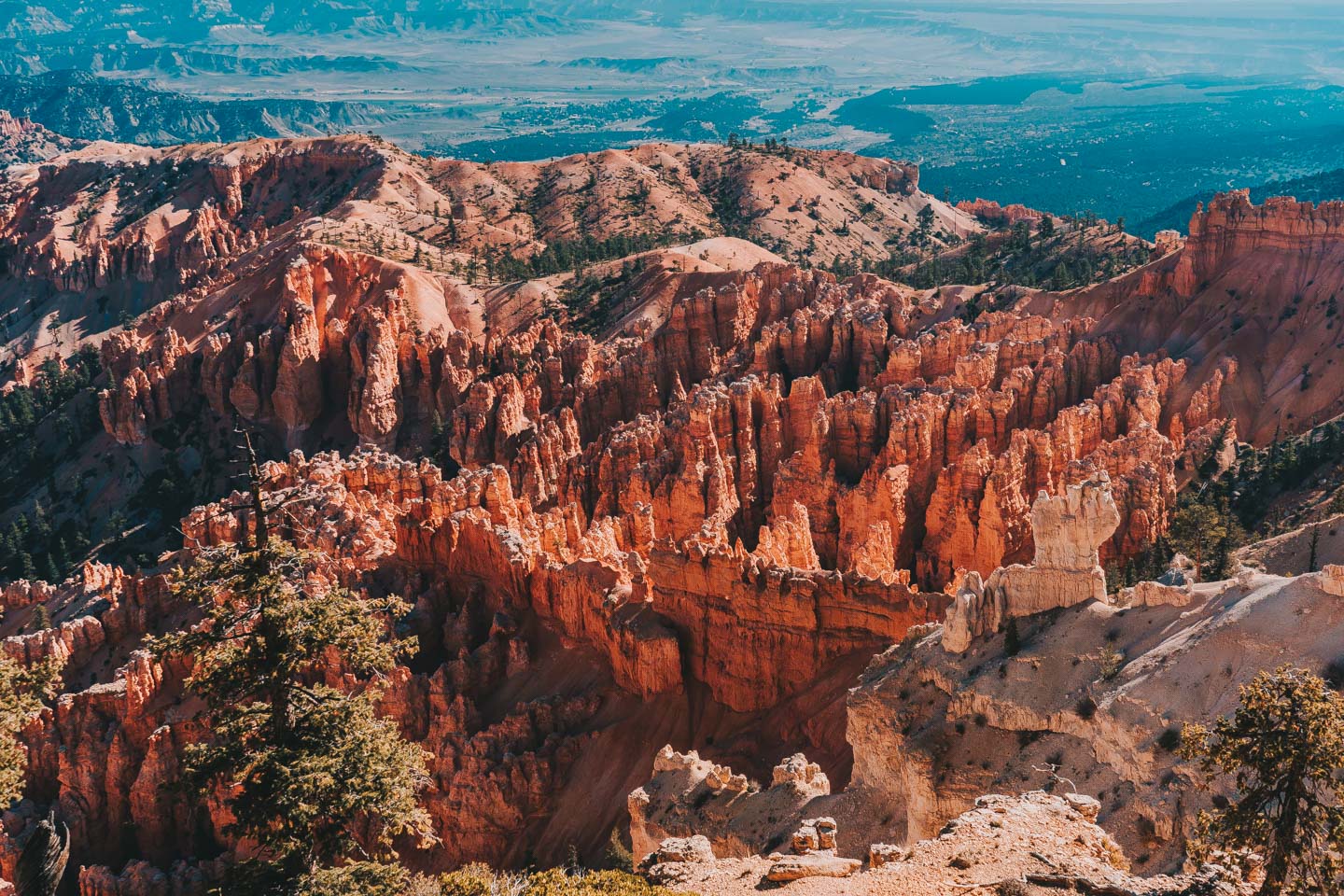
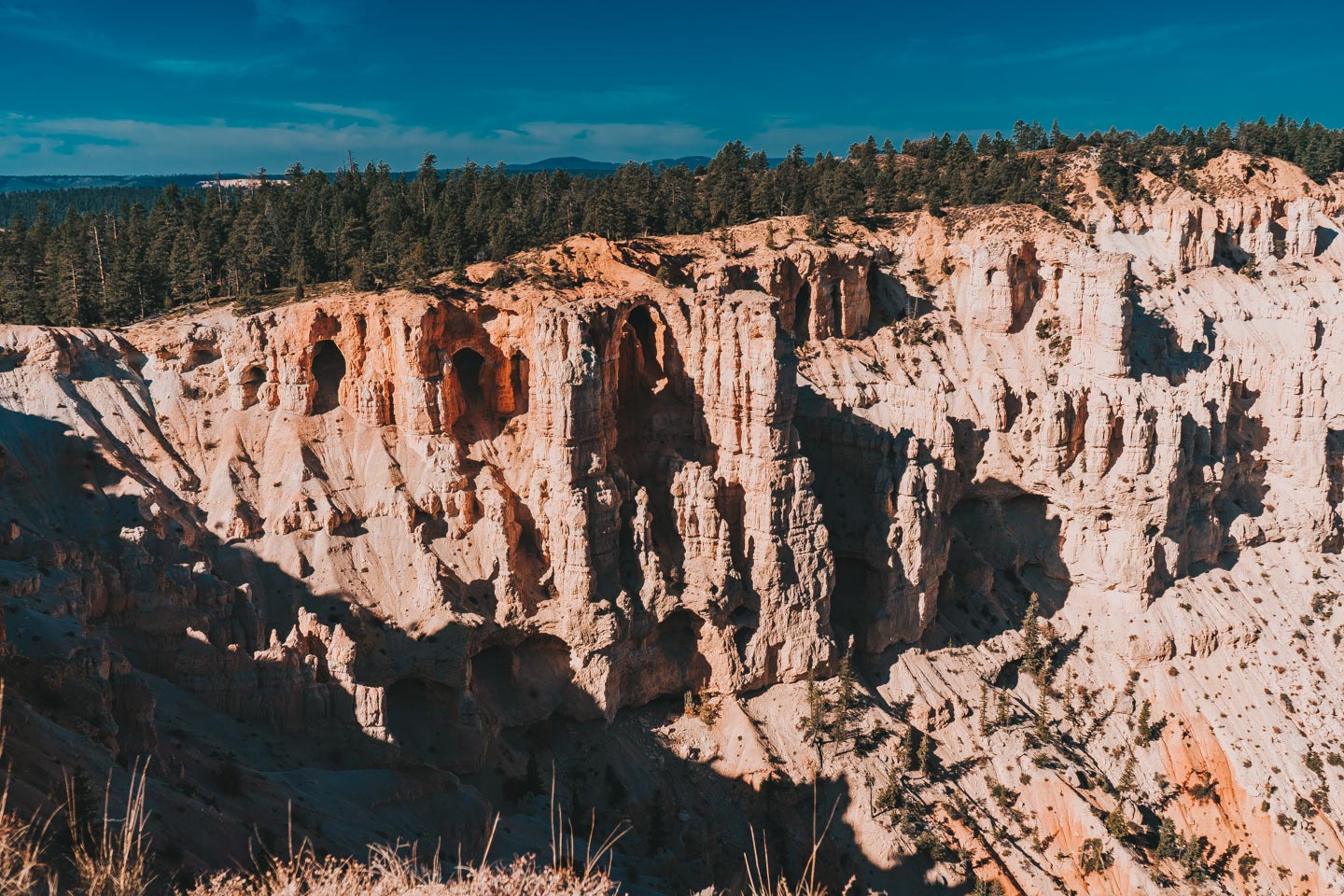
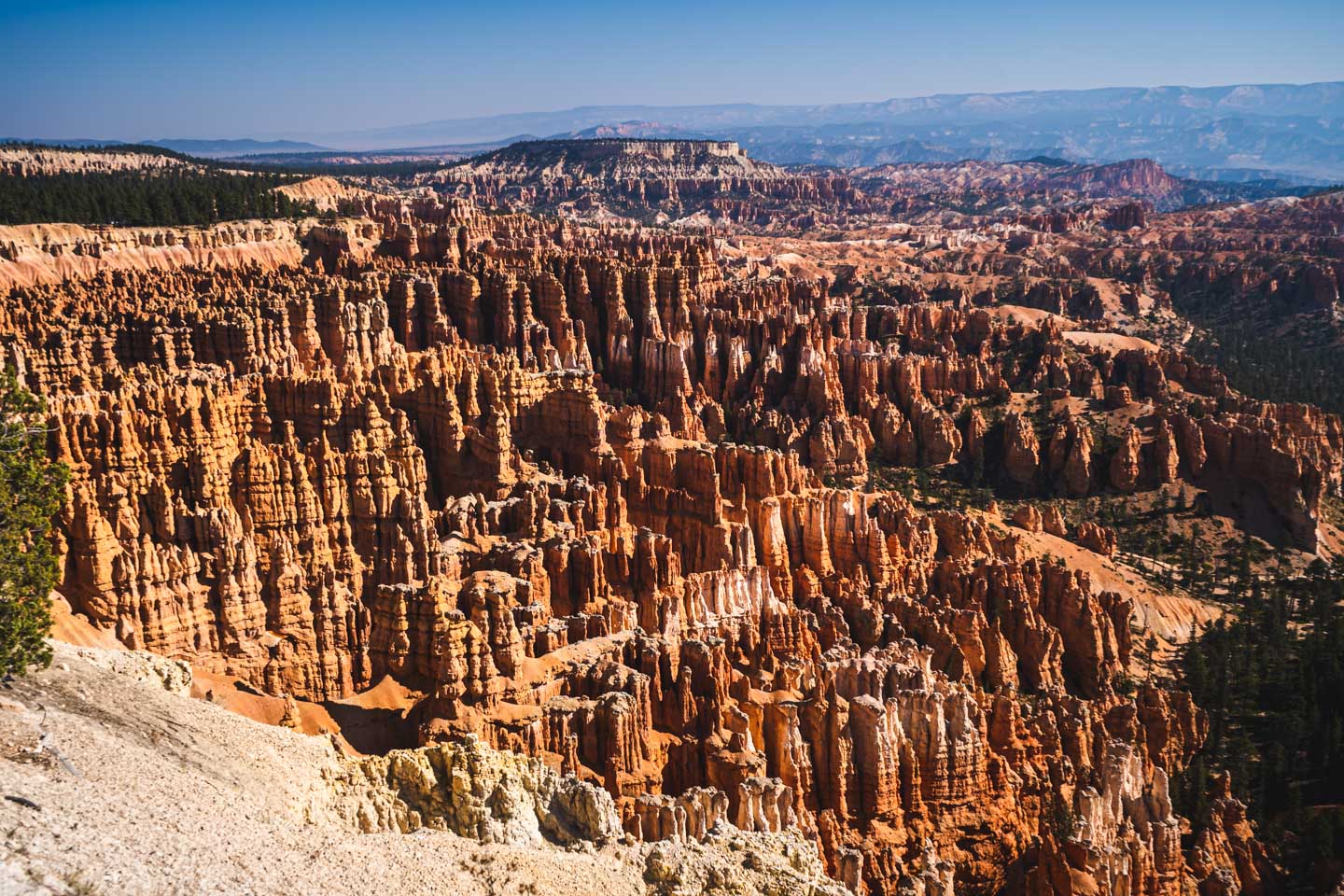
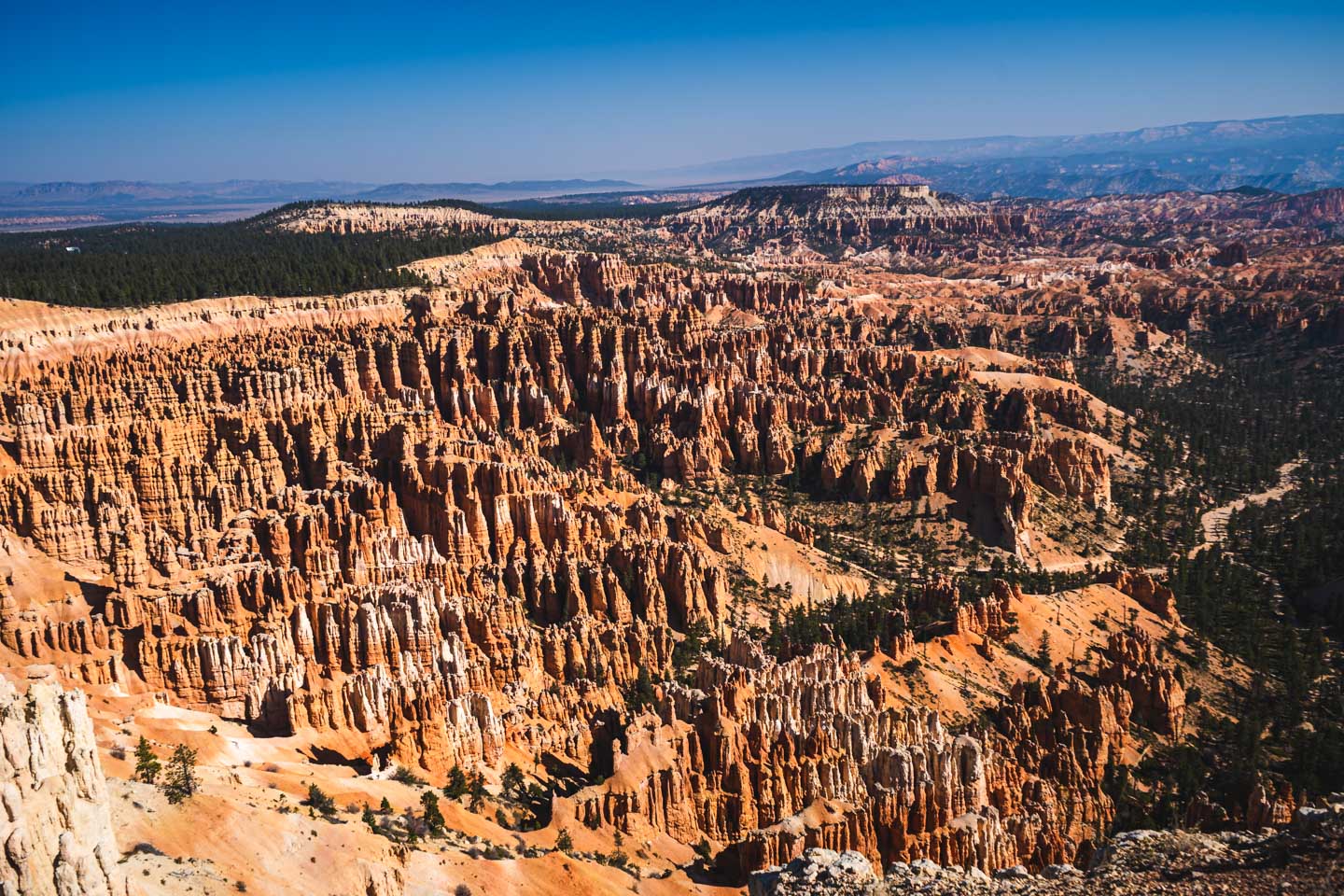
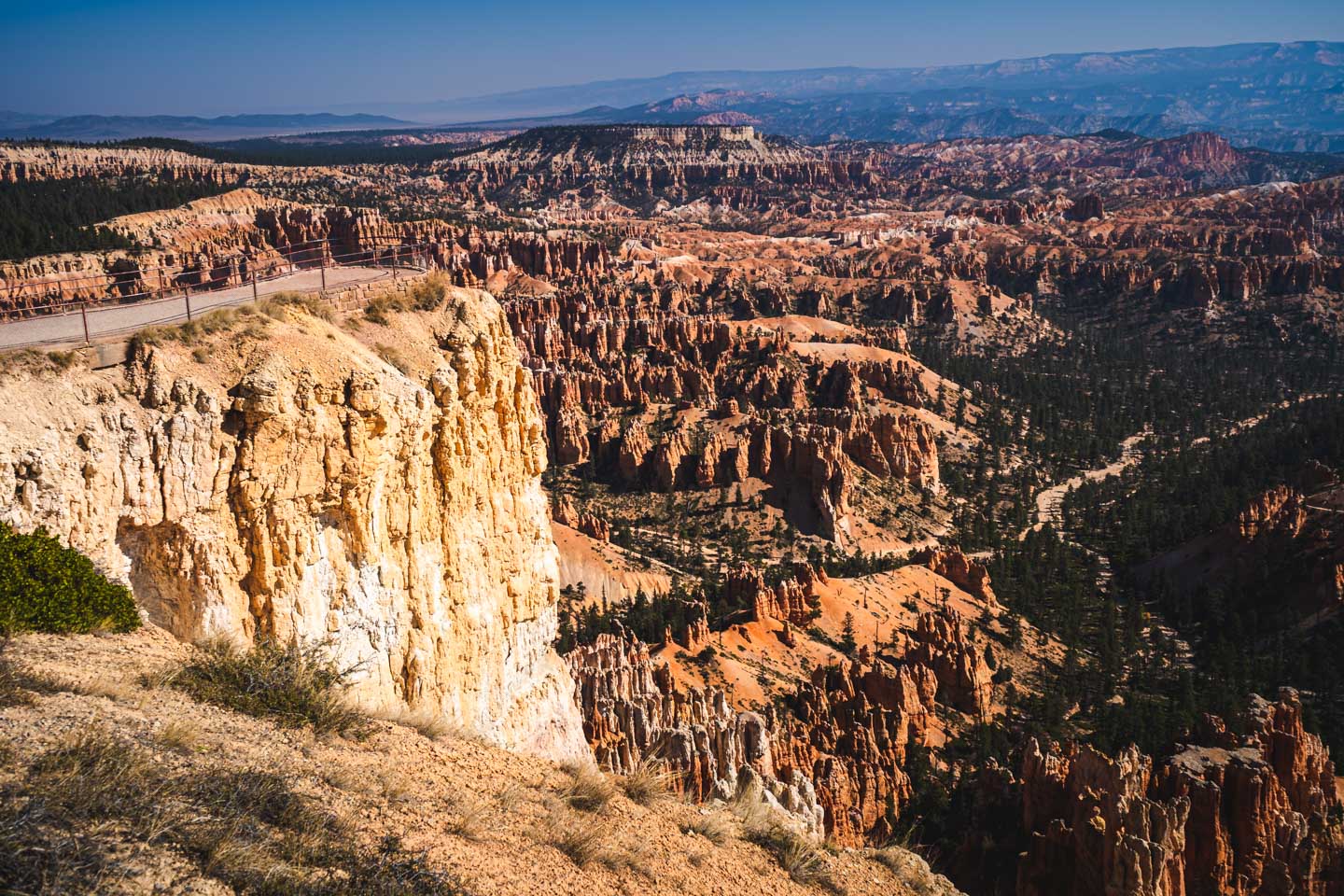
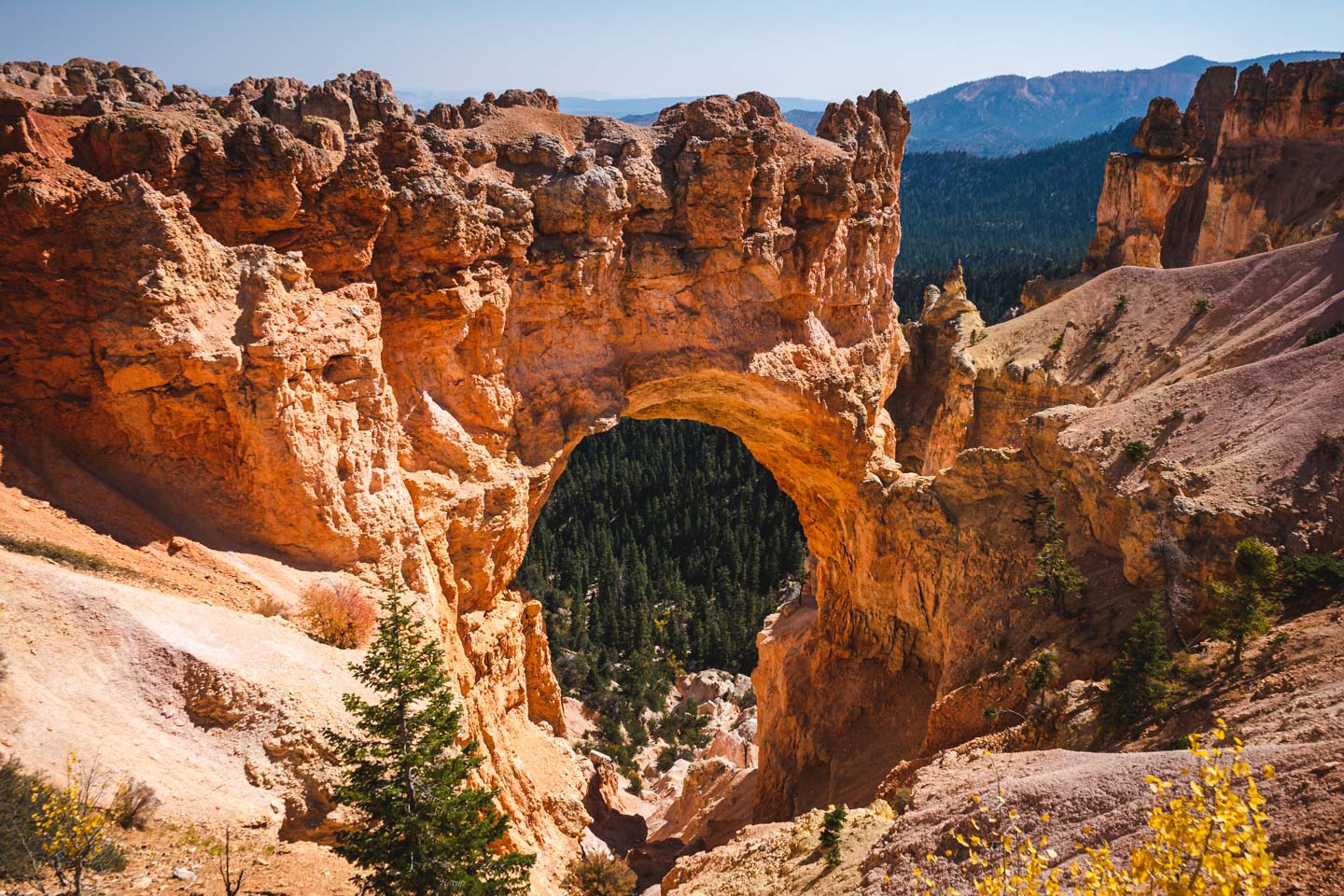
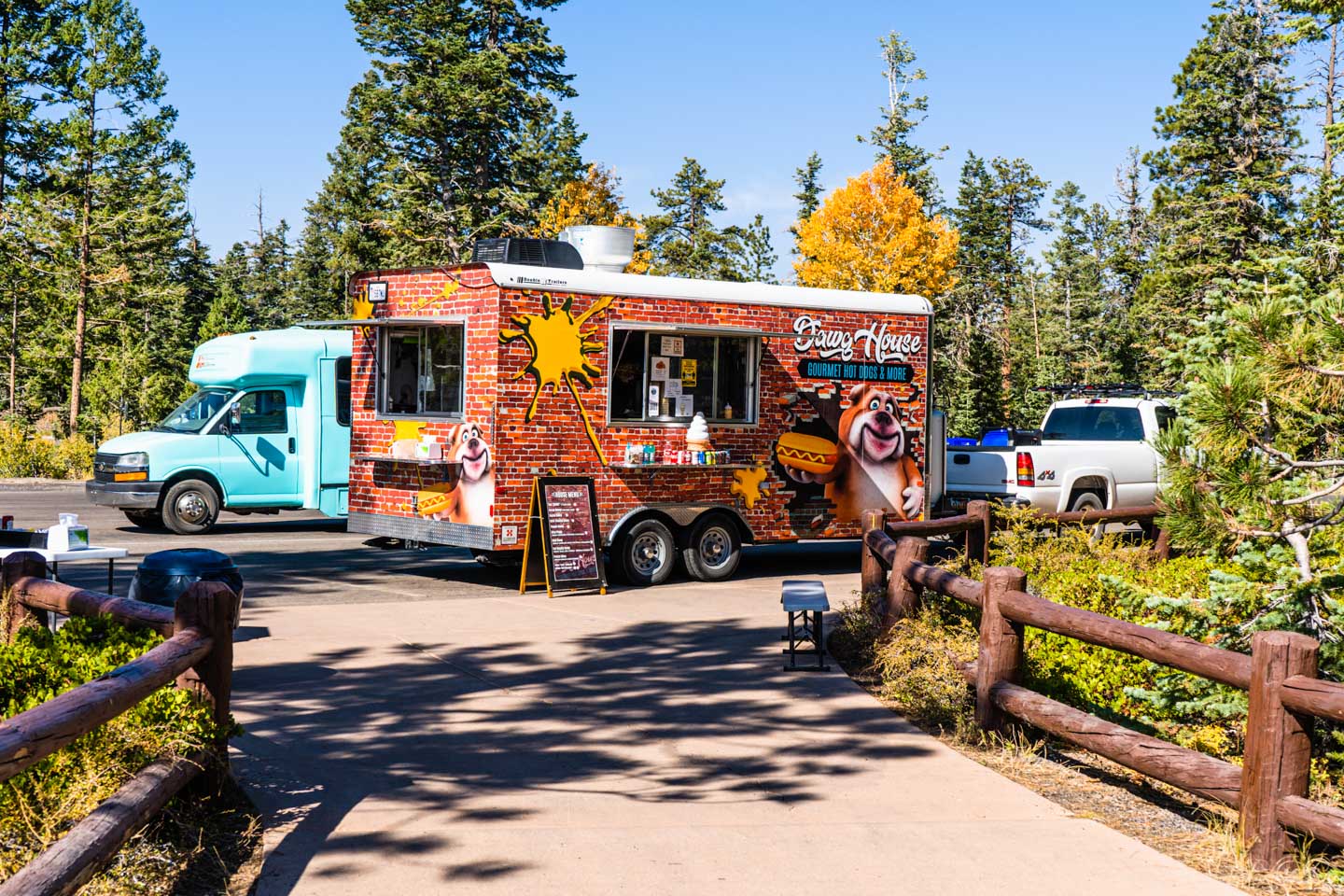
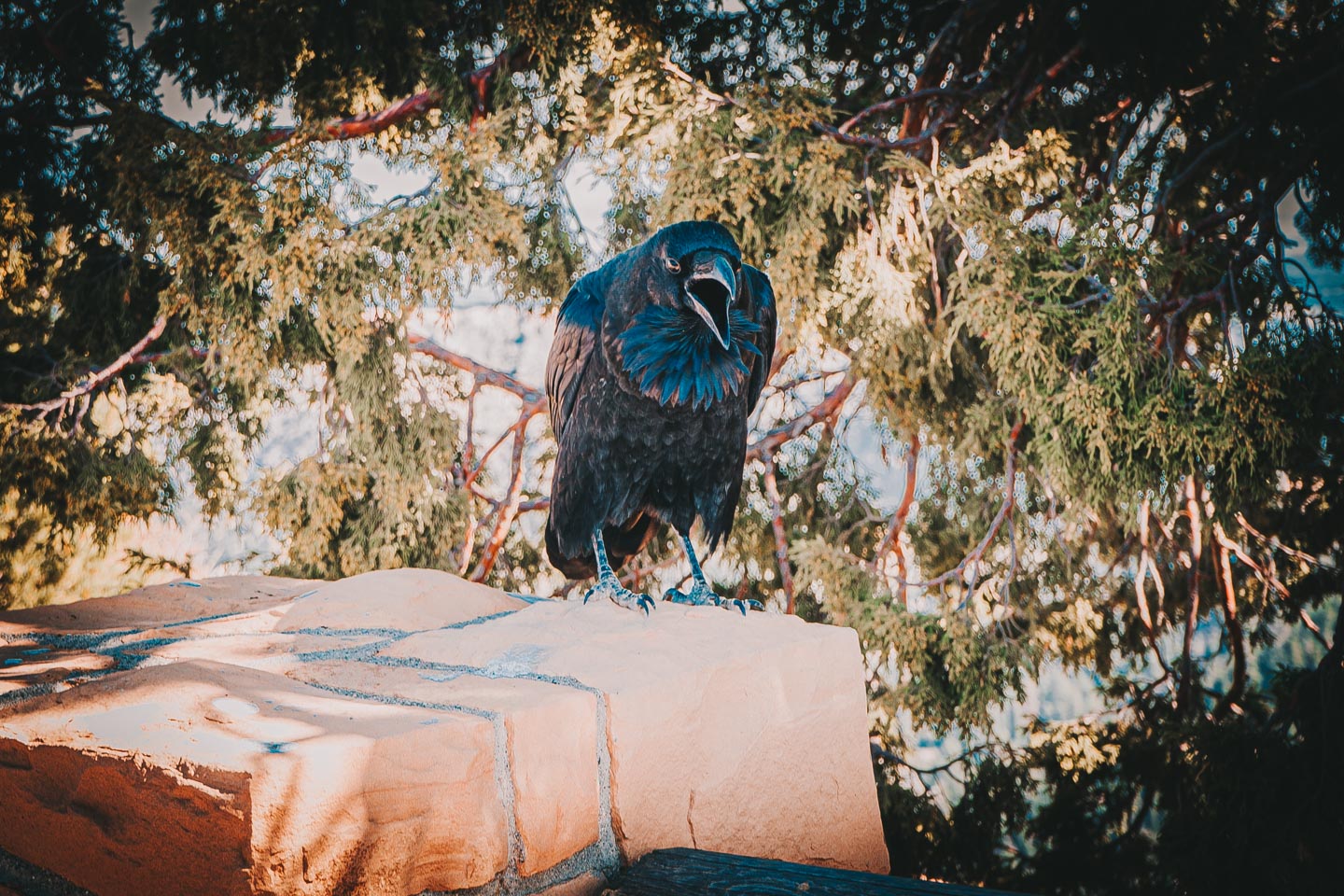
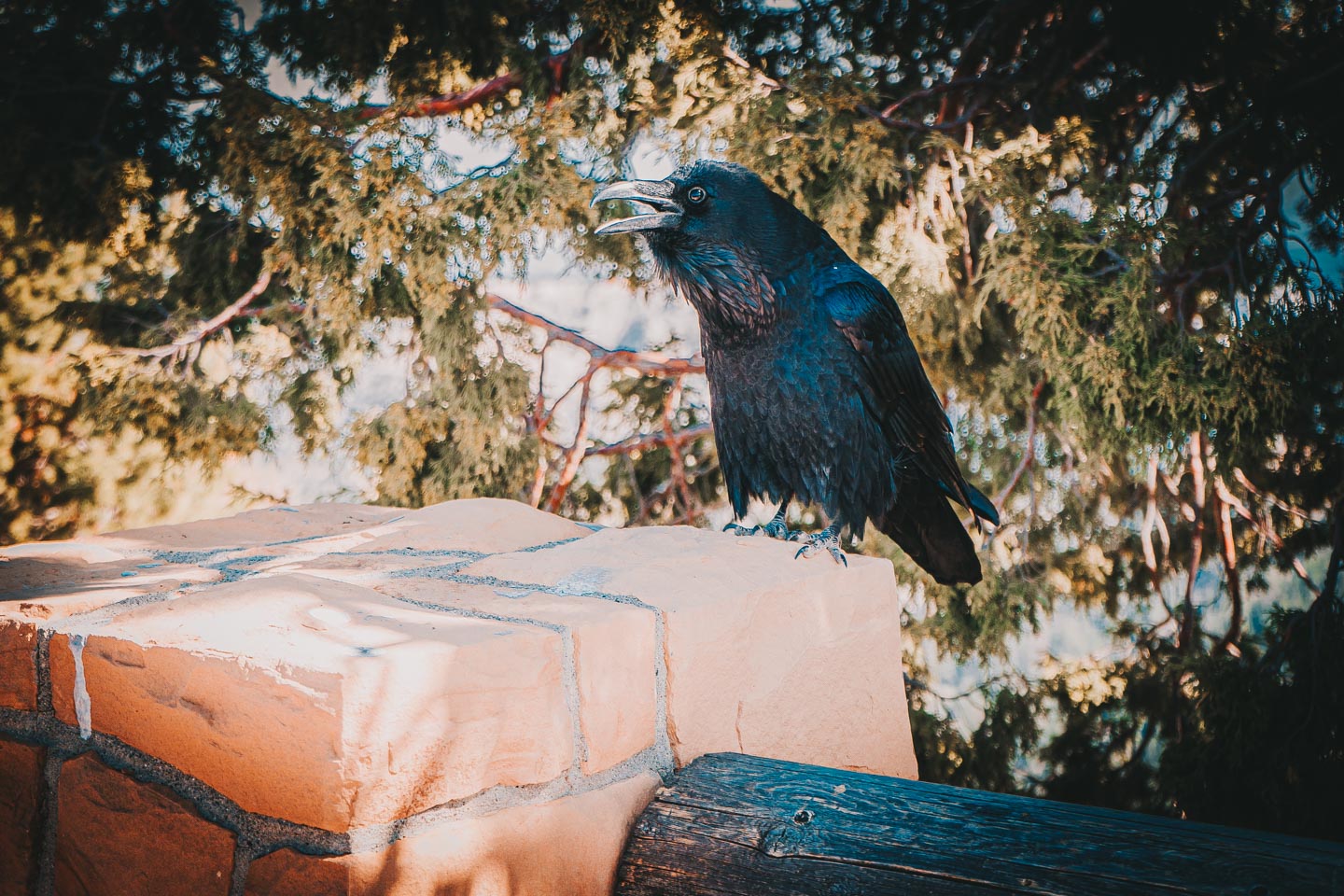
We were able to enjoy all of the vistas and observation points with very little crowds. Given the whole COVID-19 situation and the fact that we visited on the weekday in early October, there was not a whole lot of people visiting the park. Even then we had to spend a little bit of time looking for parking spots at a couple of observation points. As with other parks, there is a lot more to see if you want to venture away from the observation decks and hike some of the trails. While we did not go on any hiking trails, there were different routes around the park, including the hikes around the upper section of the canyons and some of the trails going all the way down into the valley. These hikes are for better prepared people (physically and with more time to spare) as they take hours to complete. Even without the hikes we did manage to see some wildlife around the park which included some deers, rabbits and huge ravens. I have never seen ravens as huge as the ones seen during our trip to Yellowstone and Bryce Canyon. They were huge!
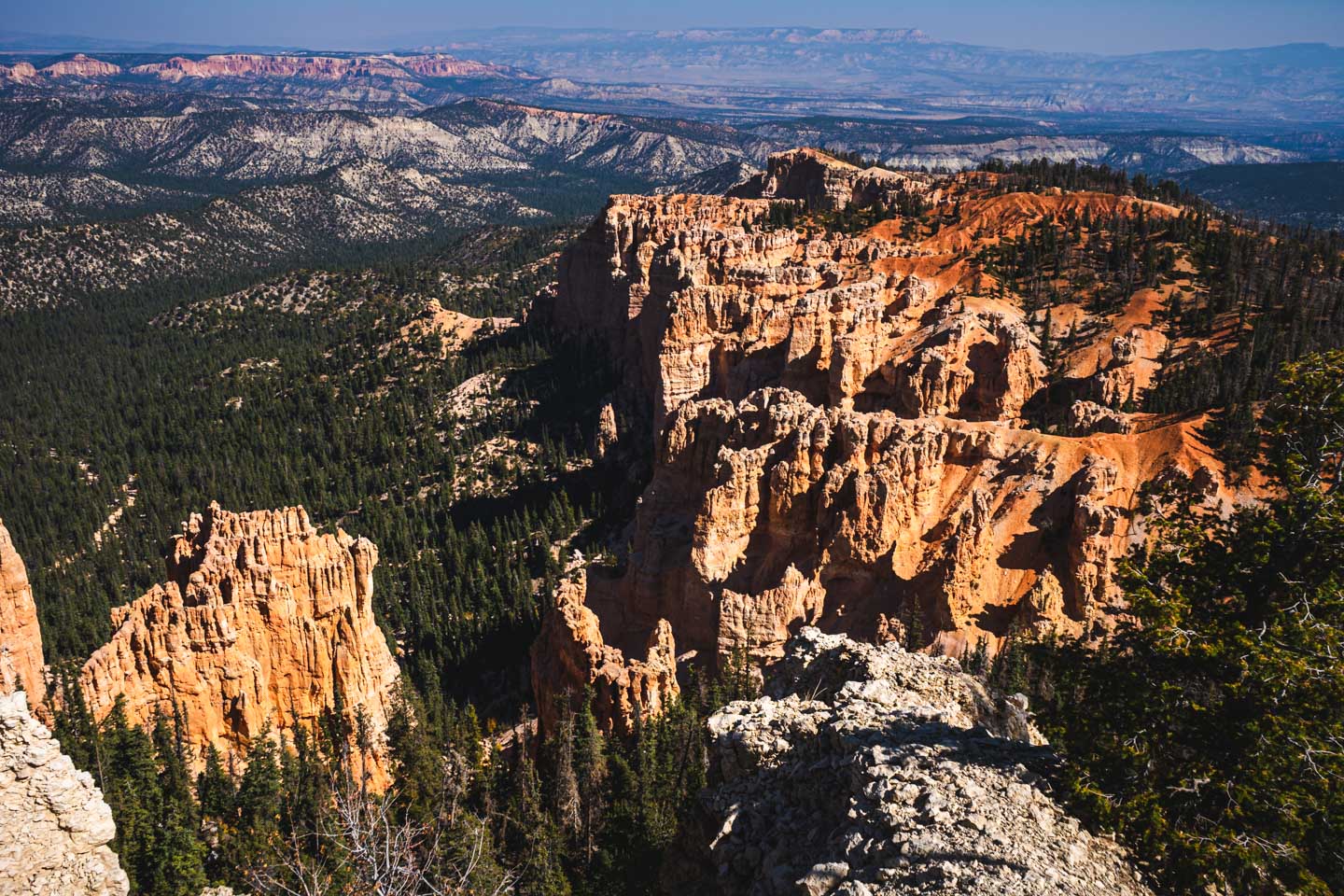
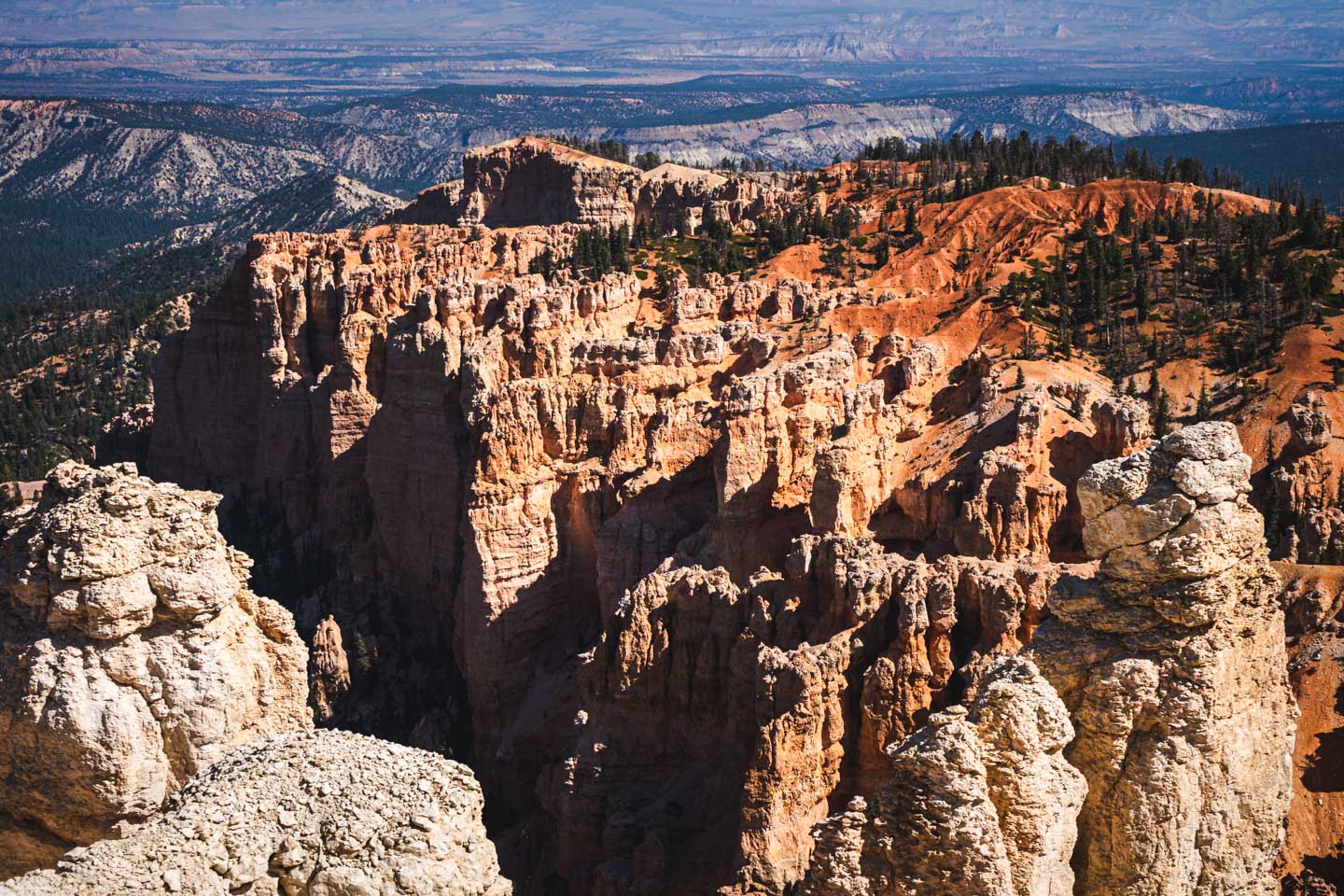
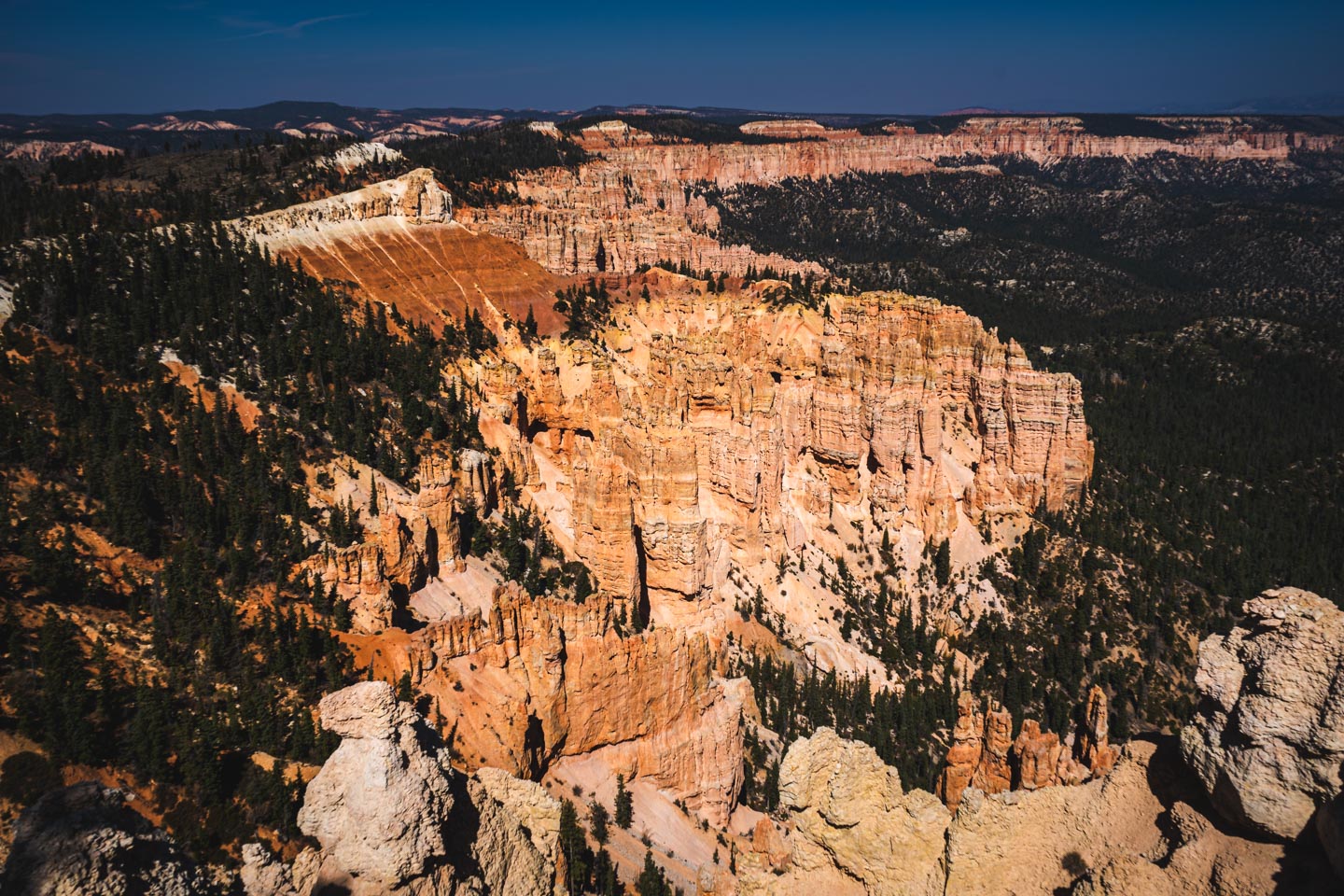

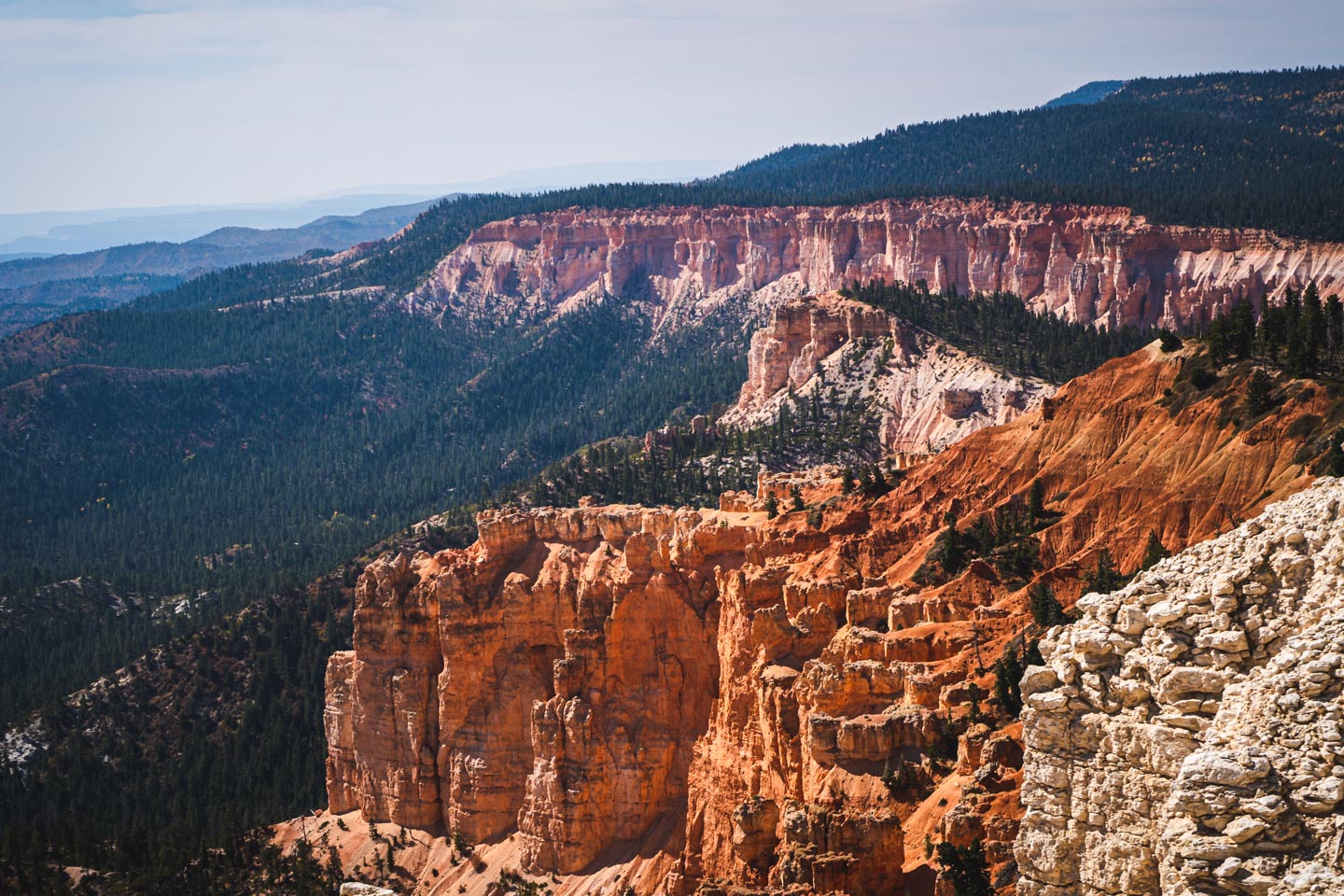
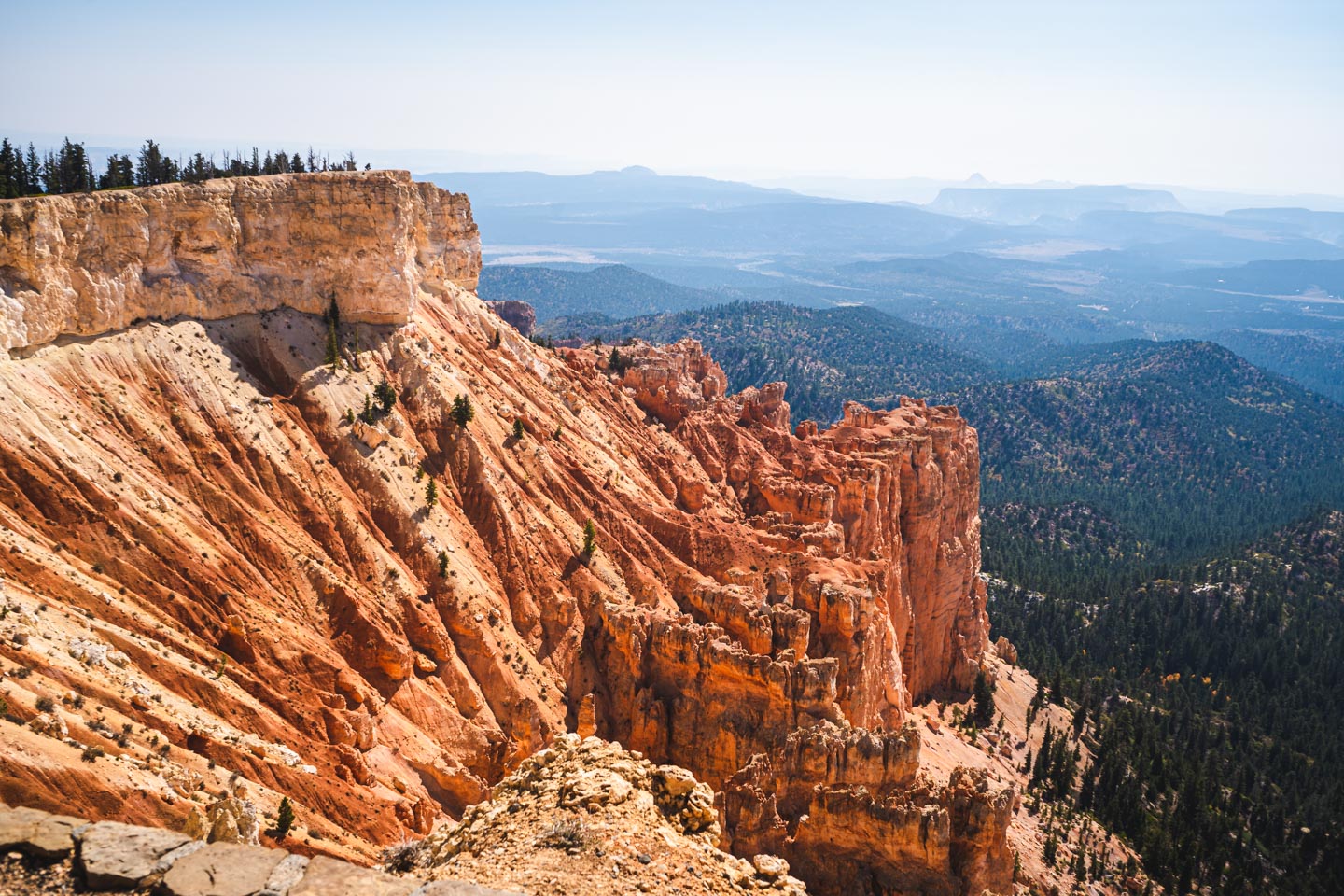
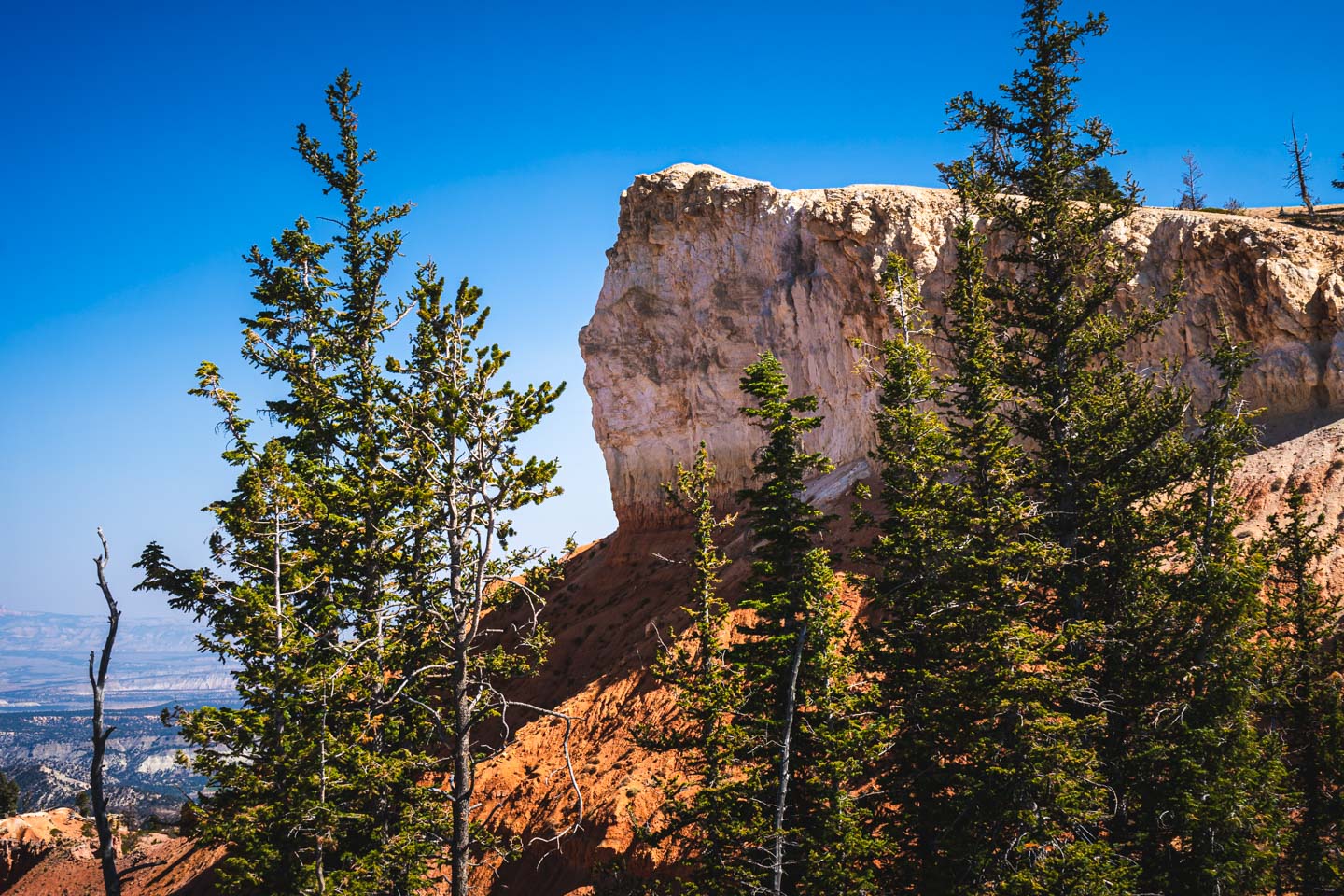
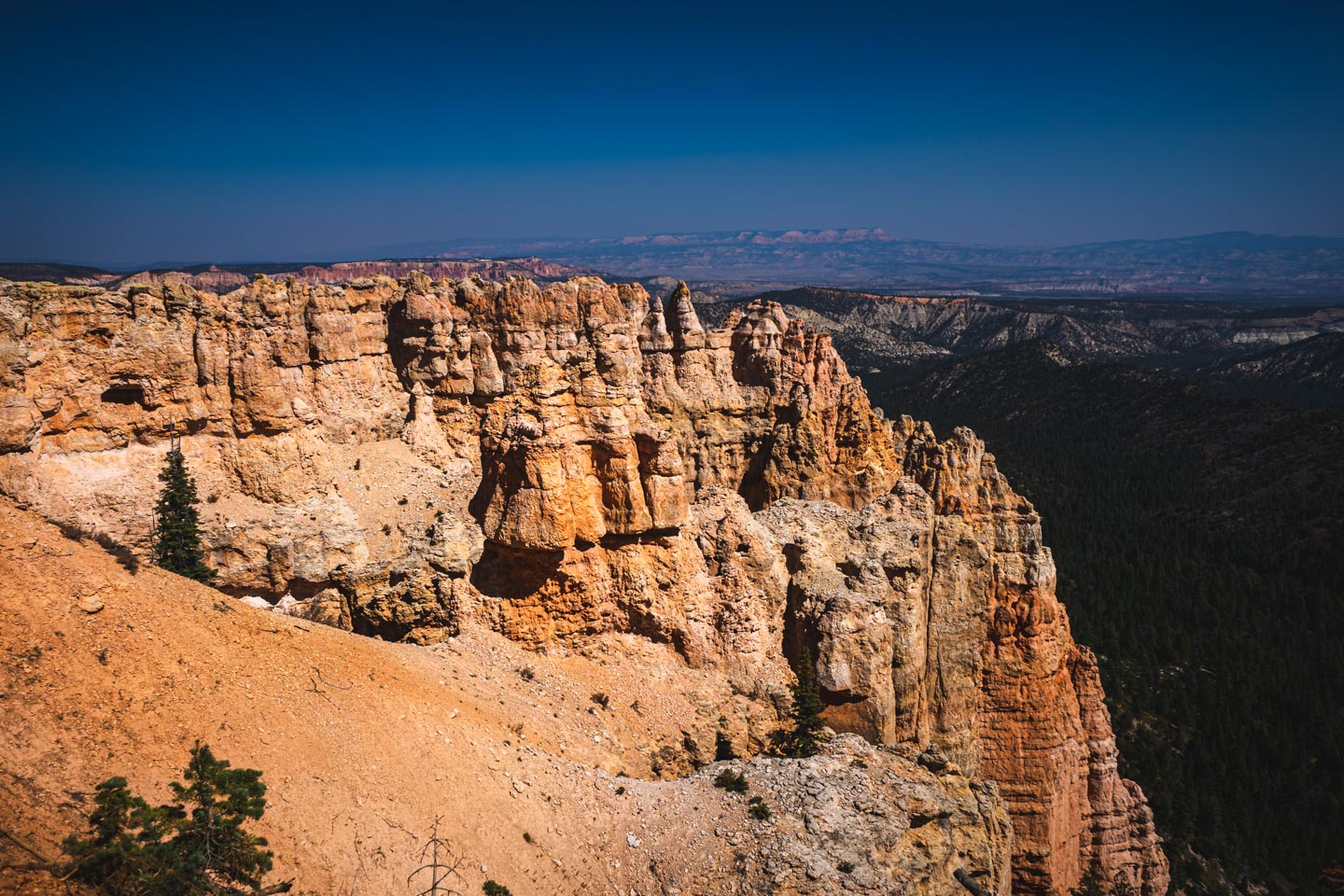
We really enjoyed our time at Bryce Canyon National Park. The fact that you did not have to hike to the beautiful vantage points made it very easy to cover a lot of ground in just half the day. Given that the parking spaces are limited around the vistas, I would recommend visiting the place during the times that are not considered to be busy. National parks are very popular with families with kids so try to target the times when school has already started so that the park is less crowded. Additionally, visiting during the week as opposed to weekend would help with the crowds. Finally, keep in mind that Bryce Canyon National Park is located in southern Utah and it was pretty hot even when we visited in early October. Consider all of these things when planning your visit and you will be able to get the most out of your trip and enjoy the beautiful and stunning view the park has to offer!
